Comparison of PitsterPro (LXR vs LX5)
Detailed Comparison: PitsterPro LXR (Original USA) vs PitsterPro LX5 (Pitmoto)
Today, we’ll demonstrate the differences between PitsterPro from Pitmoto and the original PitsterPro. It’s a landmark day as we revise our previous article—truly breaking the mold.
A few months ago, we detailed what PitsterPro from Pitmoto entailed. Guided by having a PitsterPro LX5, superficial acquaintance with an original LXR, and open-source information on PitsterPro's origins, including which factory produces their pit bikes.
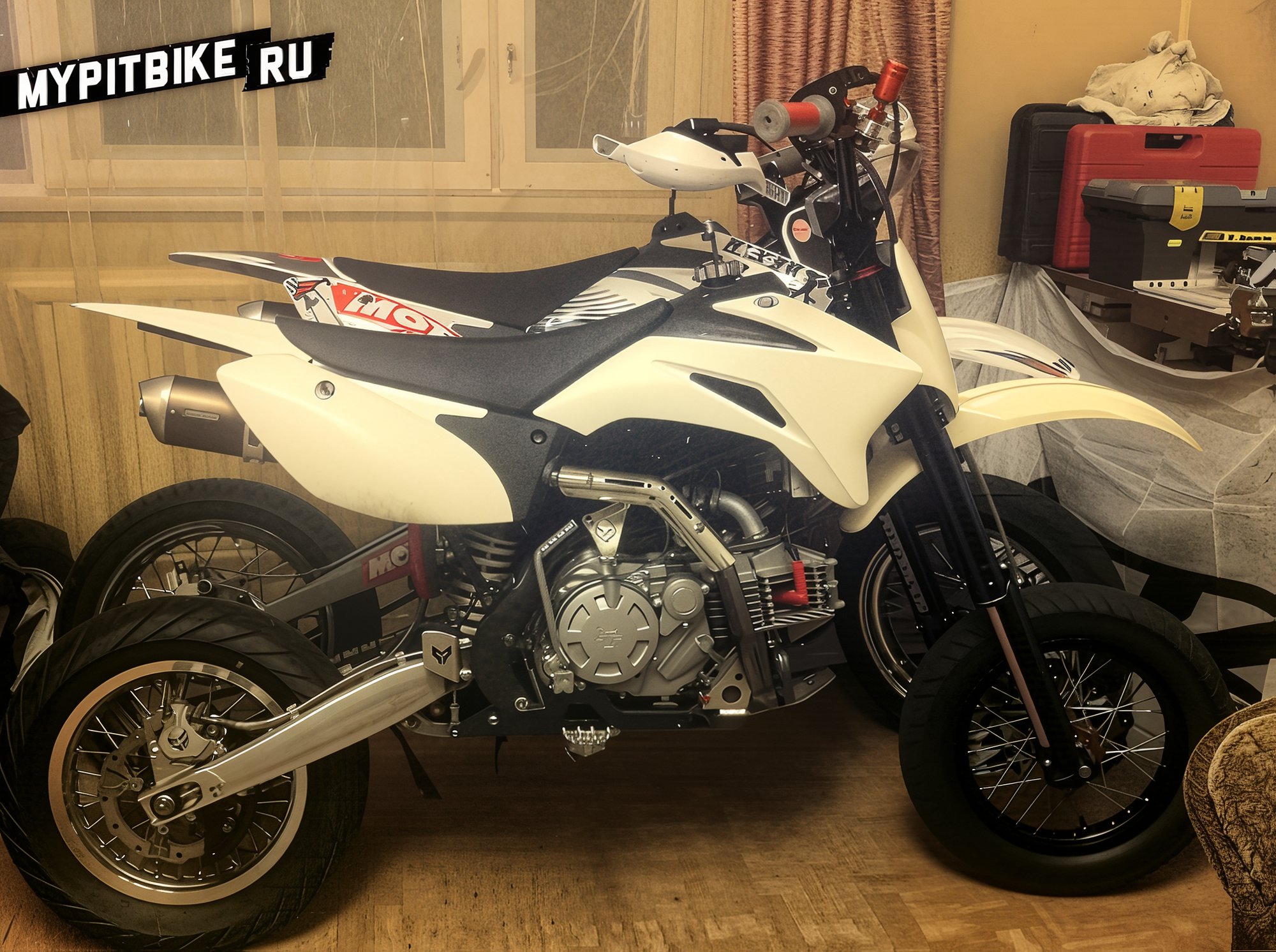
Recently, fortune smiled on us as we acquired an original American PitsterPro LXR in a sorry state, sparking a restoration and enhancement project. Through this process (which we’ll publish separately), we discovered a wealth of details. These pit bikes are almost completely different despite emerging from the same factory and sharing a brand. Upcoming are many photos with descriptions.
Let's clarify the designations:
- LXR – Original American PitsterPro LXR
- LX5 – Russian supply PitsterPro LX5 from Pitmoto (in our case, the supermoto version)
Our review is strictly comparative, showcasing component photos and offering subjective quality evaluations compared to the LX5’s corresponding parts.
To LX5’s credit, it performed splendidly for an entire season without failure, priced nearly half the original LXR.
Let's dive into the major components.
Frame
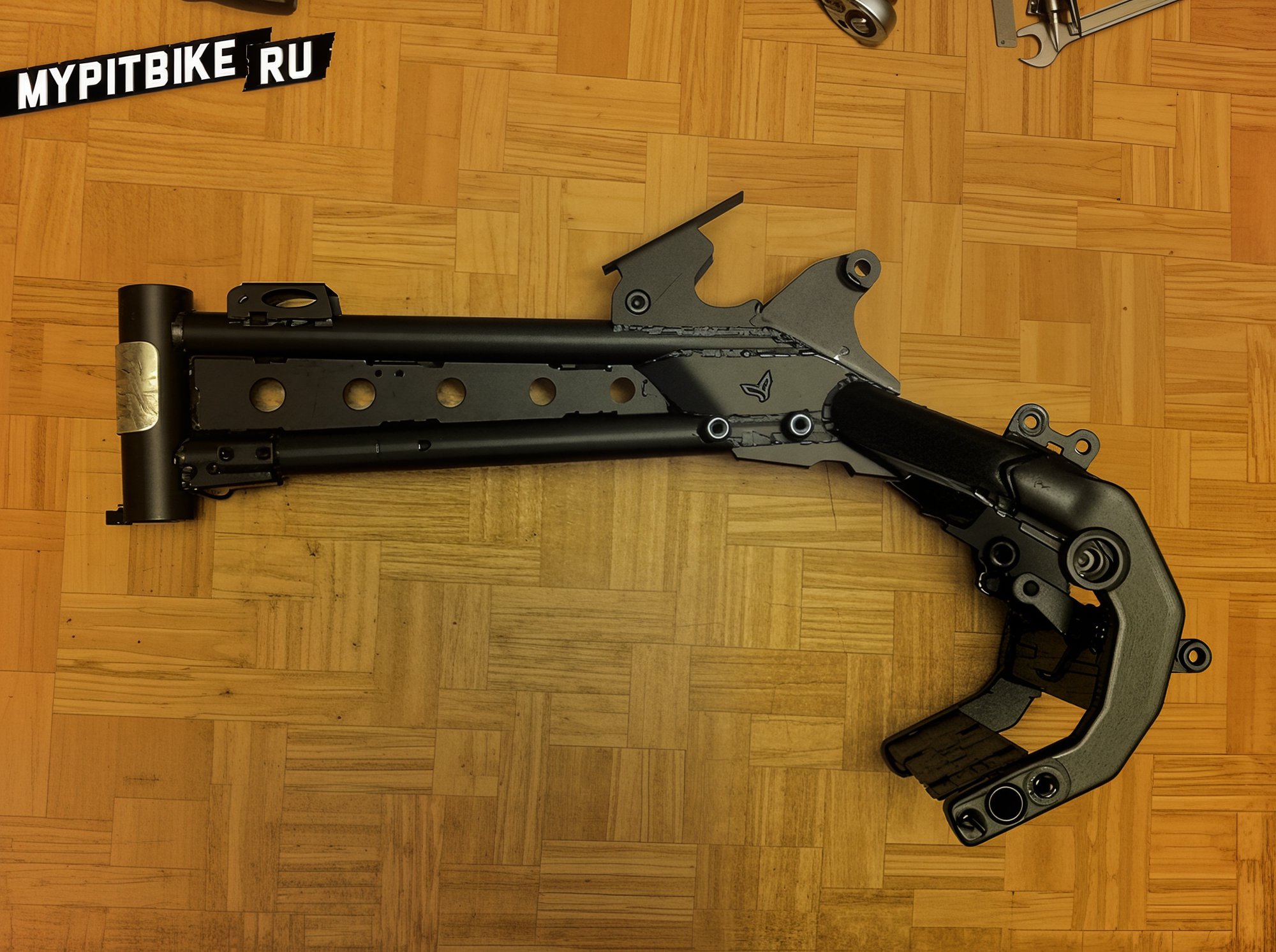
Sadly, side-by-side comparison wasn’t possible. Mounts are identical. Differences lie in manufacturing quality, welds, and rear geometry where the swingarm mounts. Welds are smooth, flawless. Rear-section cross-sections are rectangular, unlike LX5's oval. Includes two protective plastic guards.
Driver pegs detach and attach with two bolts and a central pin. Engine mounting ears are bolt-on, not welded.
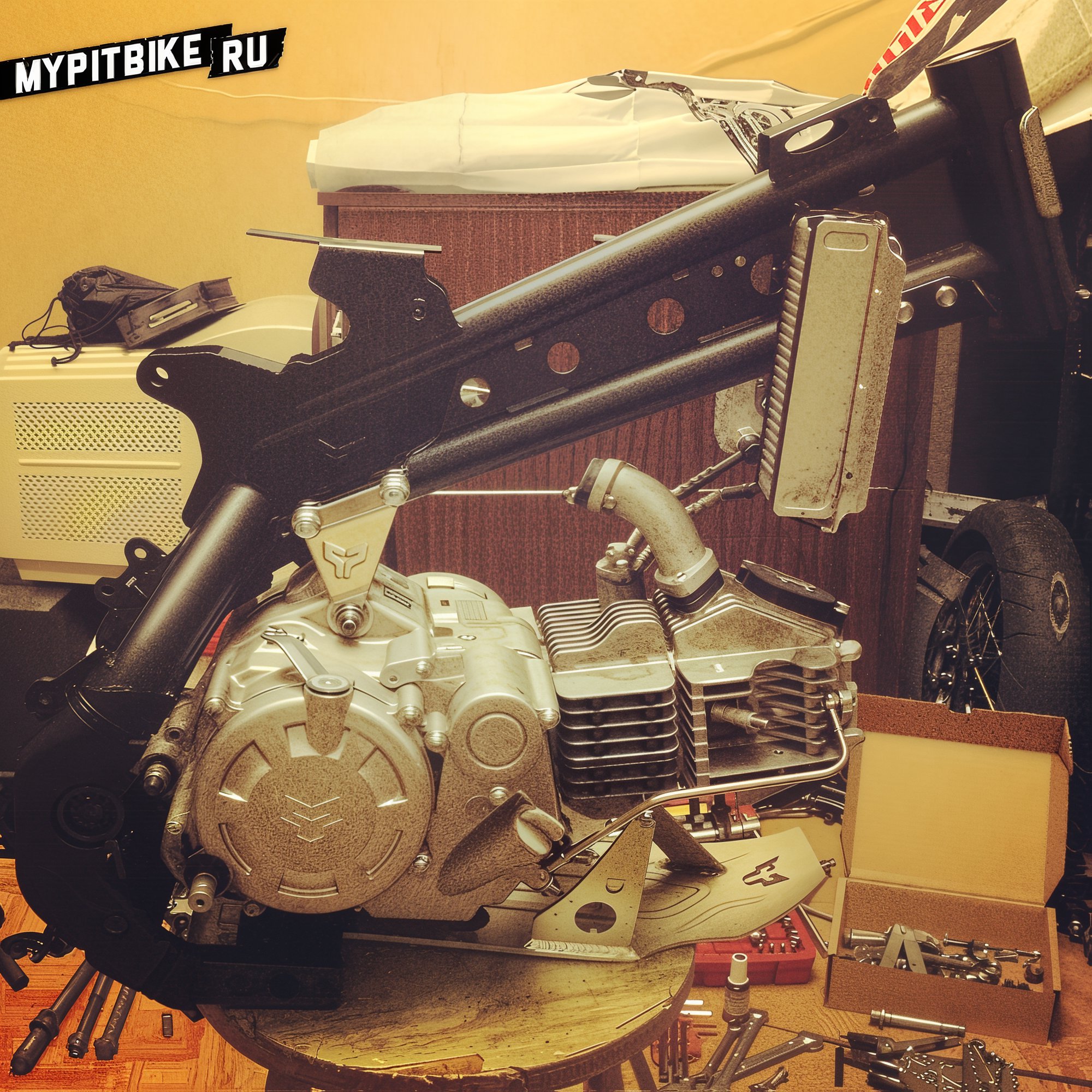

Shock Absorber and Forks

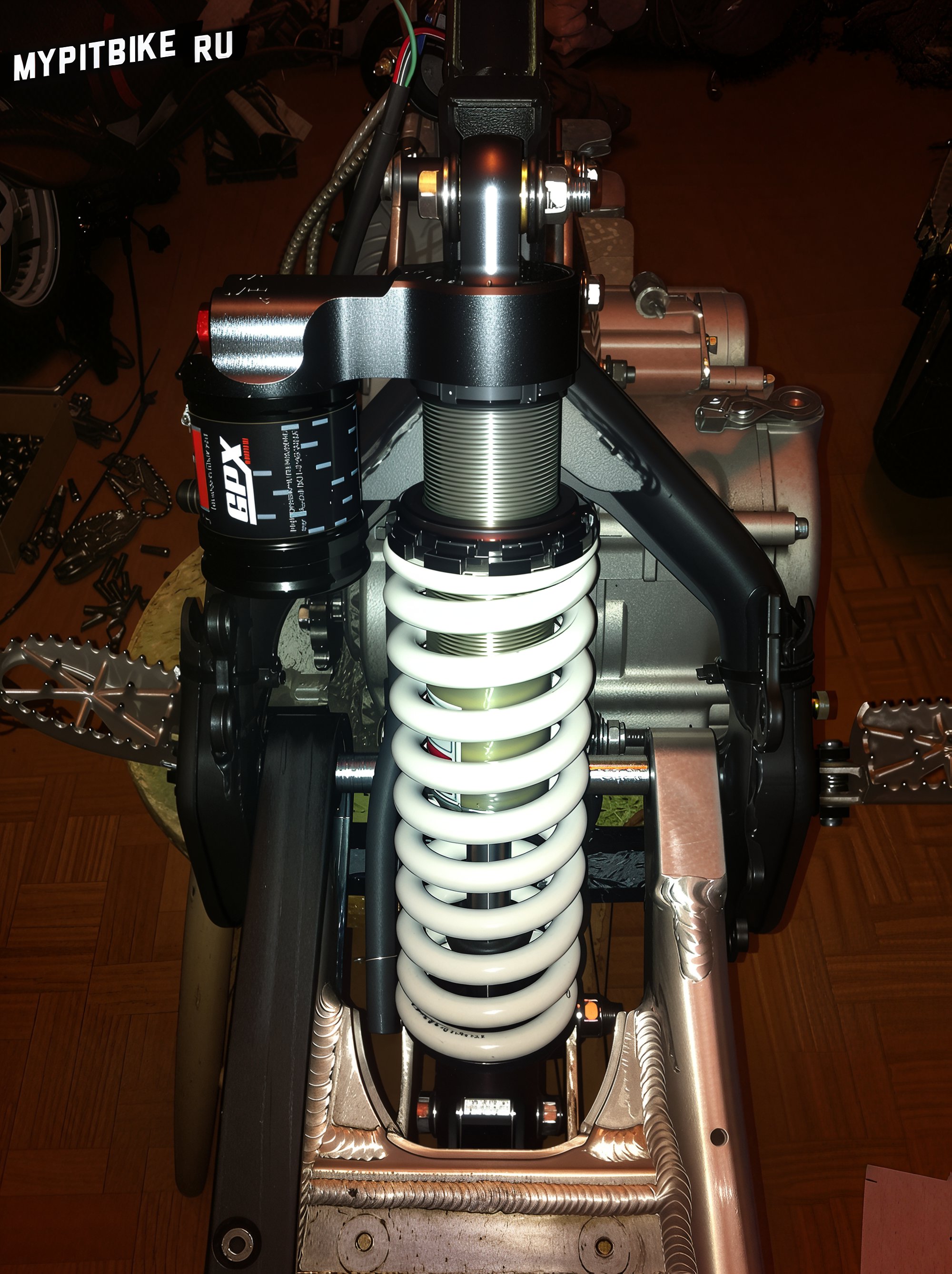
The rear shock features an expansion tank, offering preload, compression, and rebound adjustments. GPX denotes PitsterPro parts, emphasizing quality, likely rebranded DNM shock absorbers.
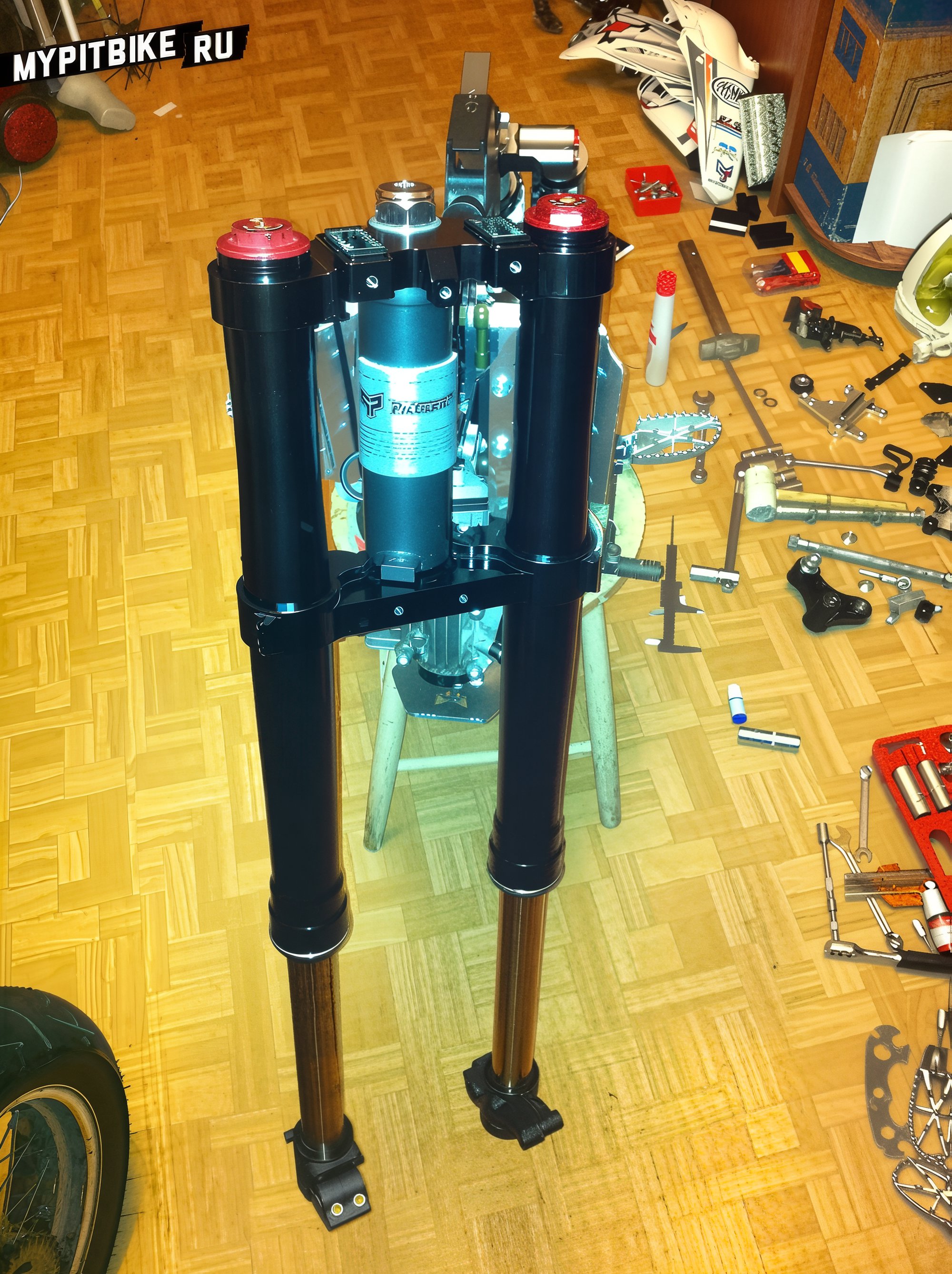
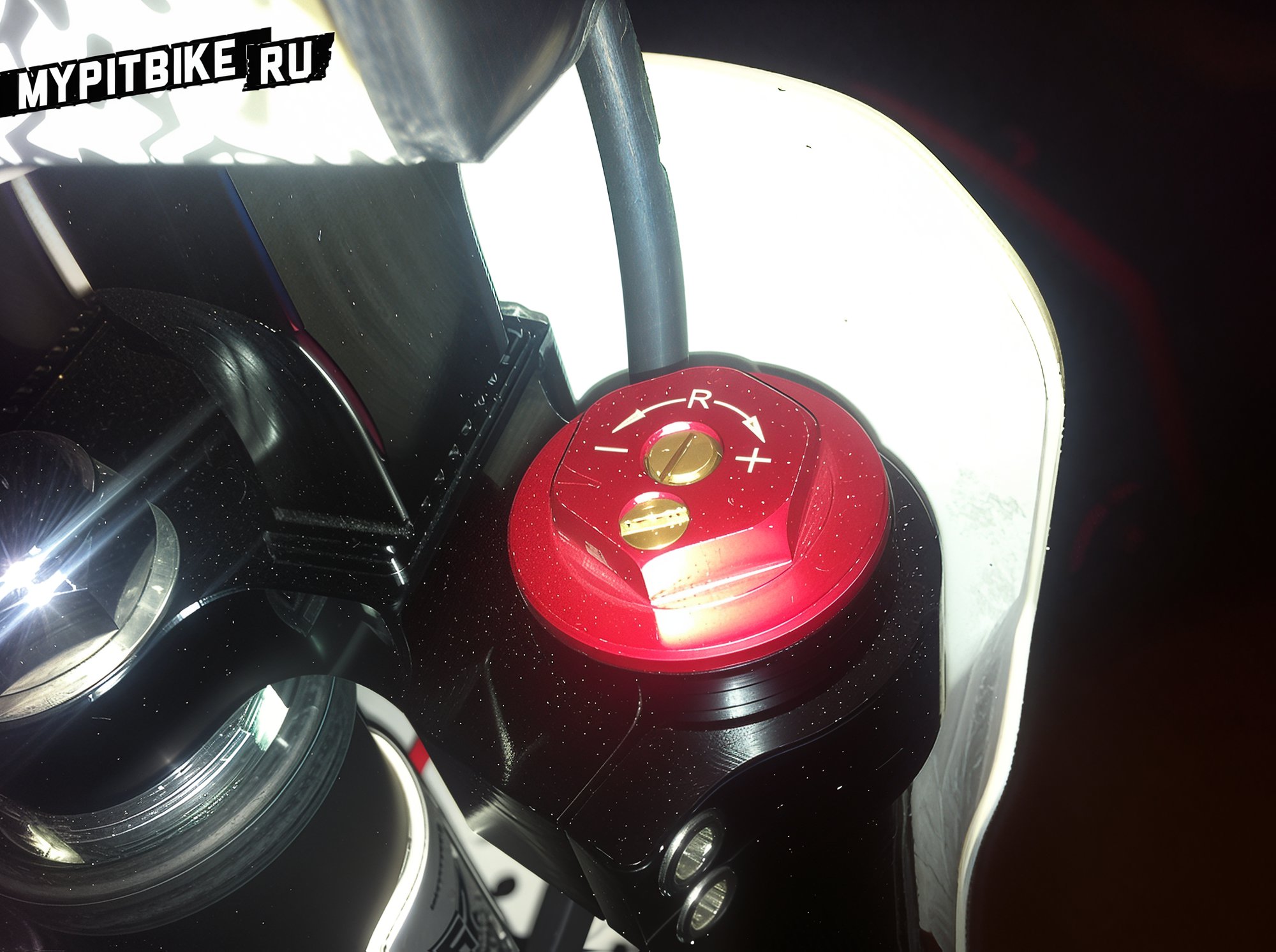
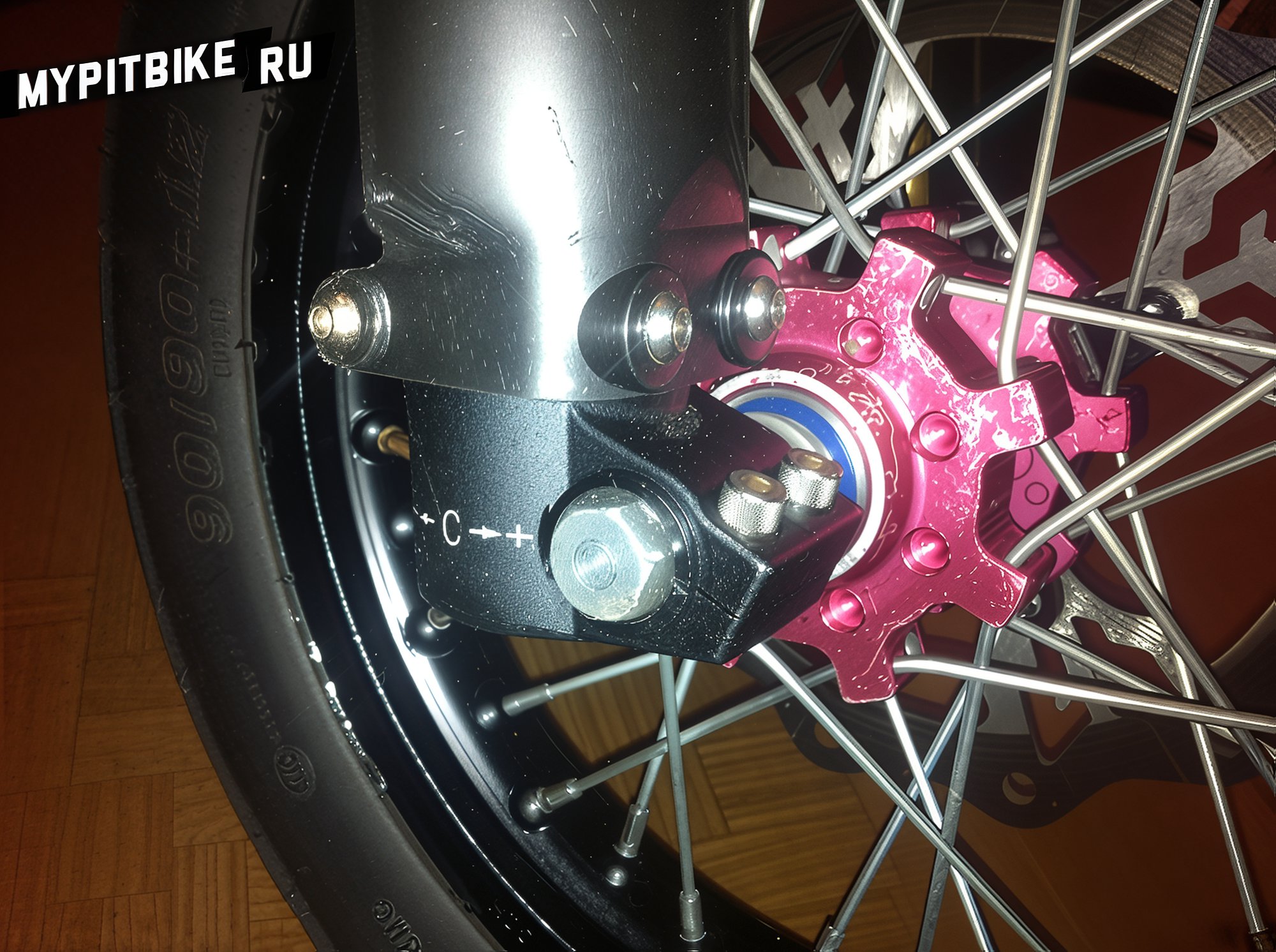
The forks sport a golden hue, equipped with rebound and compression adjustments and a nipple. Diameter is identical, travel slightly shorter.
Overall, LXR suspension feels stiffer and more robust, adjustable to rigidity.
Oil Coolers

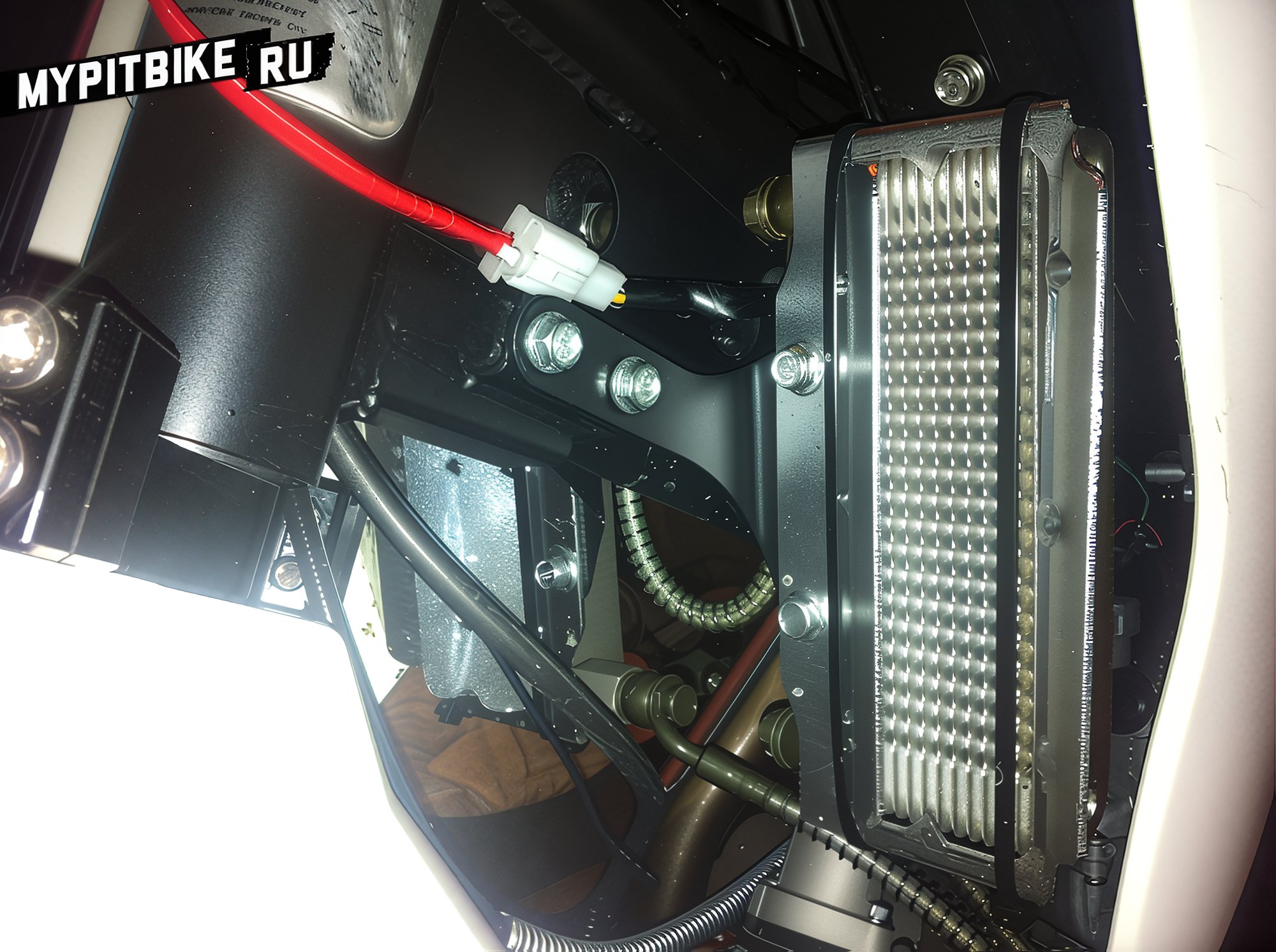
Equipped with two, located beside the frame soon after the fuel tank, featuring aluminum guards. The positioning offers excellent airflow. On the LX5, the radiator hides behind the front fender.
Progression Link


Identical in manufacturing quality and size, differences being pressed bearings. This variance attributes to model years—microfiches show each year alters construction slightly. LX5 links use needle bearings and dual seals, while LXR uses ball bearings.
Two metal plates joining the structure went unmeasured; however, LXR-installed ones appeared thicker. Material is uniform—steel.
Swingarm

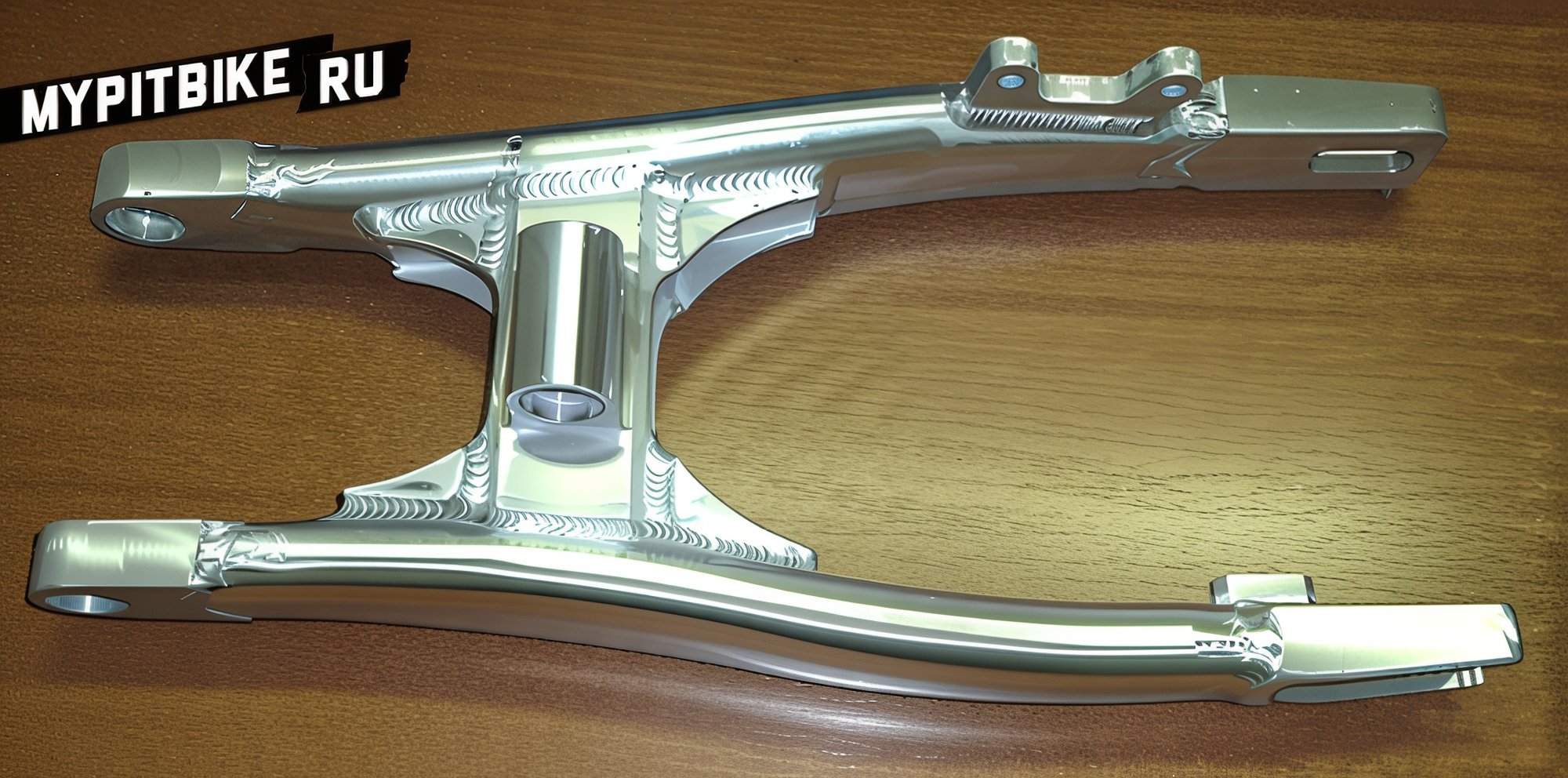
Aluminum versus steel. Length—originally designed for 12” wheels (shorter). Flawless welds, excellent quality. Nearly weightless compared to LX5 steel, making swingarm a key original model advantage.
Triple Clamps

Inner diameters for forks match. No notable manufacturing quality differences. Weight favors original; LXR is lighter. However, fork spacing differs substantially, with LX5 having significantly greater spacing. Likely due to wheel size differences. LXR clamps fit narrow 14” motocross wheels, LX5 for wide road wheels (120/70-14).
Subframe
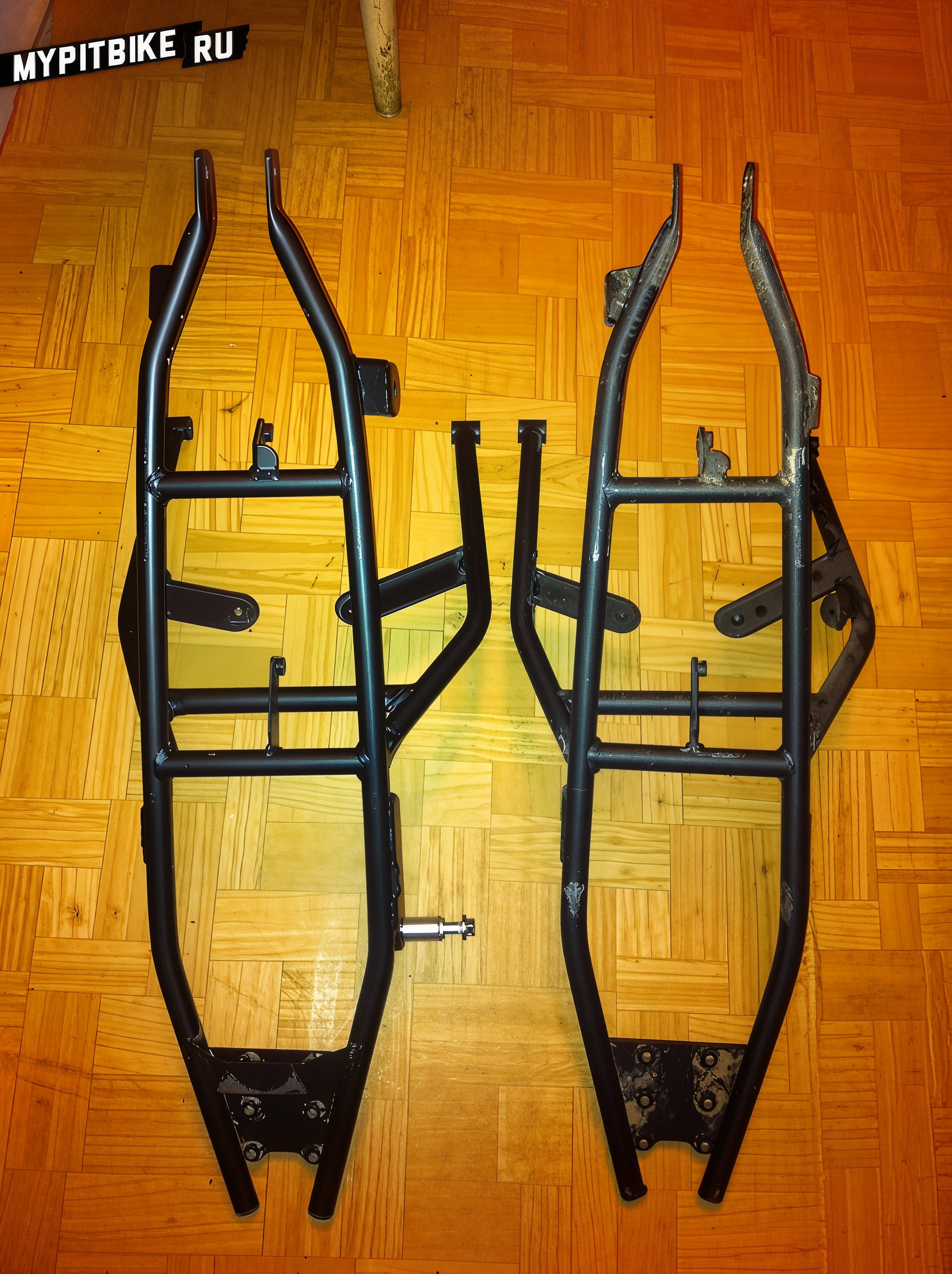
Identical in manufacturing quality. Material: steel. Mounting sizes are consistent. Completely interchangeable parts. Minor disparity in a welded plate at the swingarm's end under LX5’s fender.
Fuel Tank
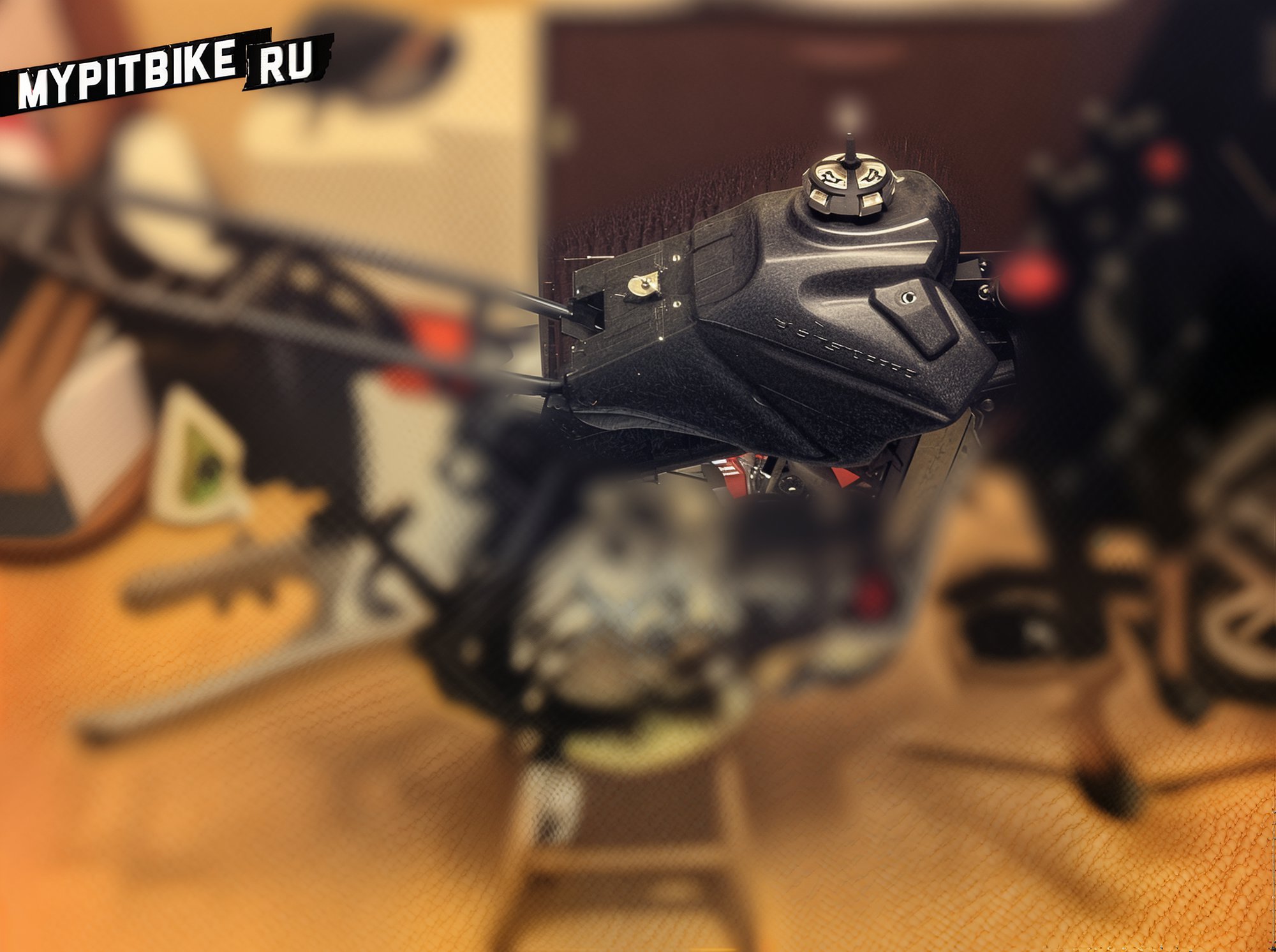
Requires attention. Photos don't reveal the significant volume differences (4 L for LXR, 5 L for LX5), nor mounting. LXR's narrower tank has different frame mounts, making TTR-style pit bike plastics incompatible (5 L tank size intended). Original tanks include PitsterPro side logos and a plastic neck insert. Different fuel taps. Varying tank caps: LXR has CNC aluminum, LX5 plastic, reflecting model years. Some LXR models feature plastic caps.
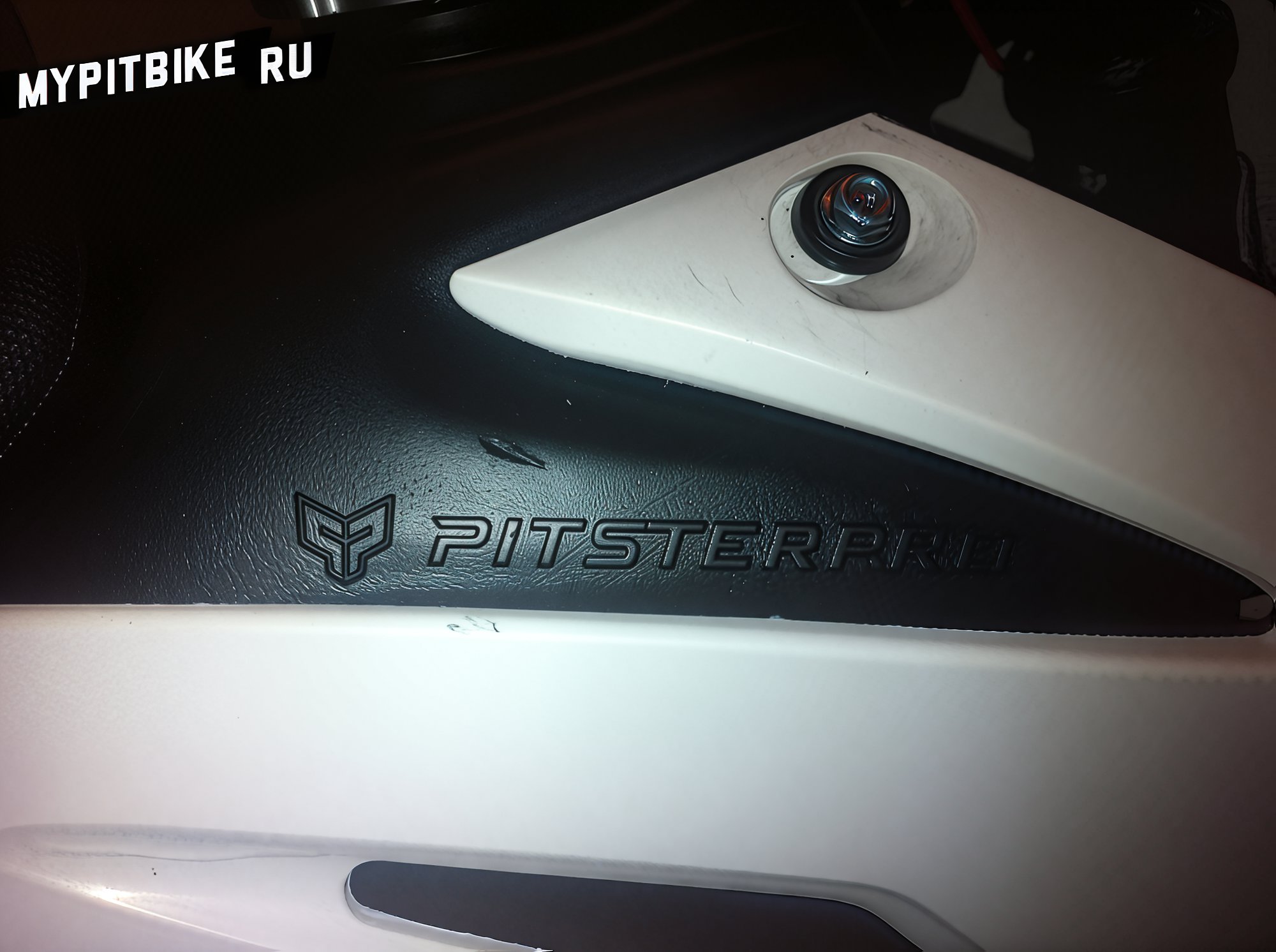
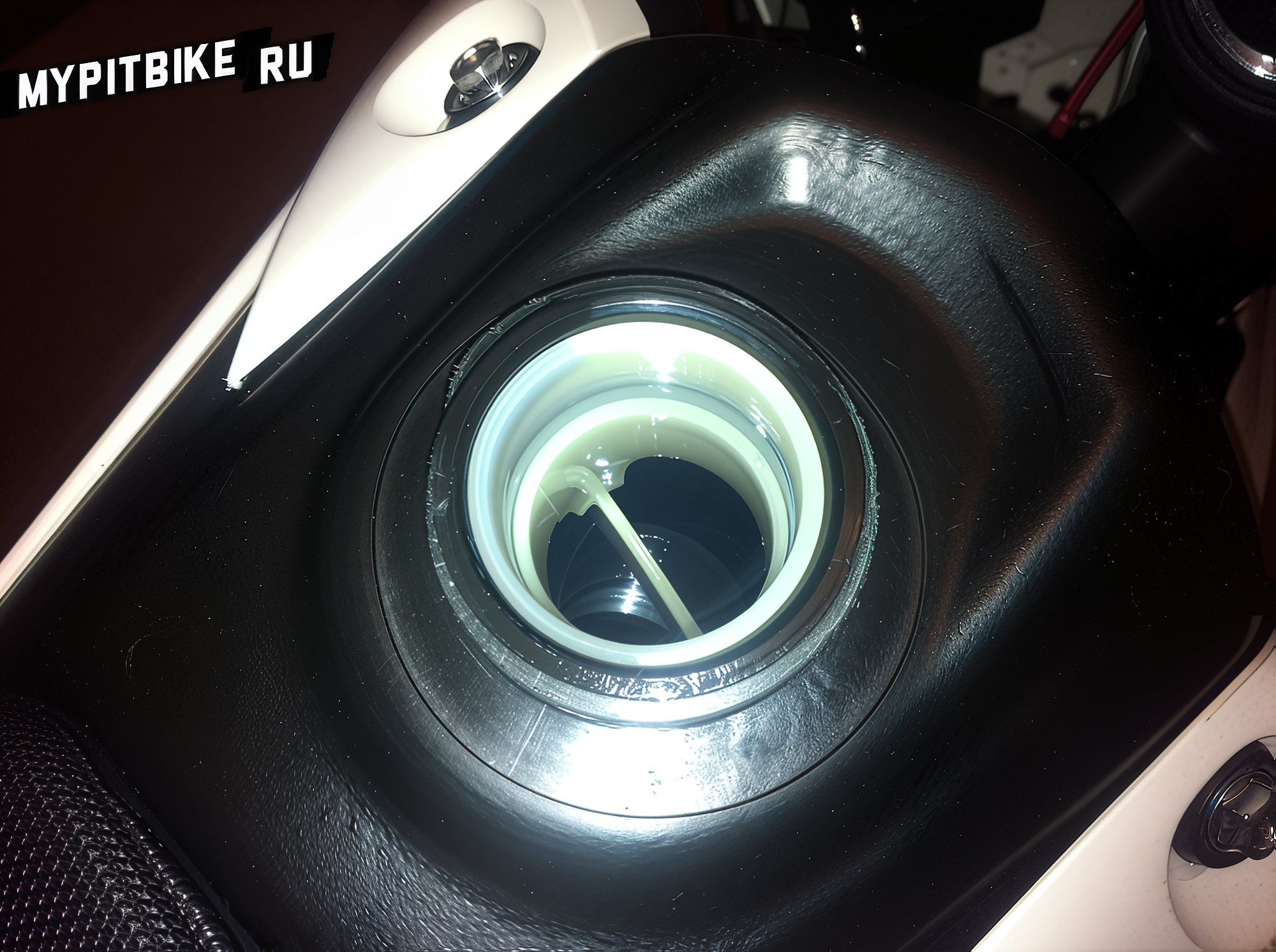
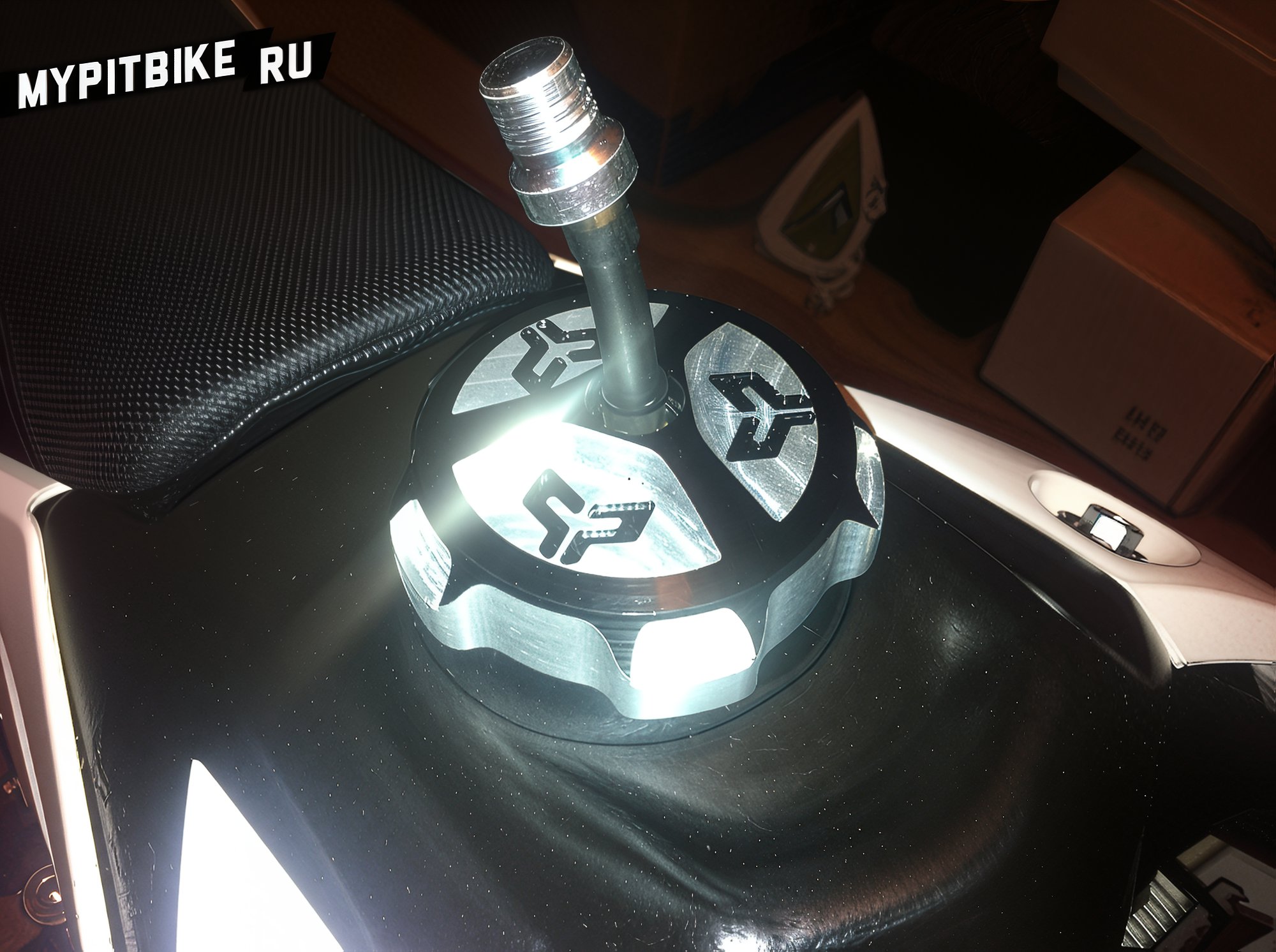
Calipers
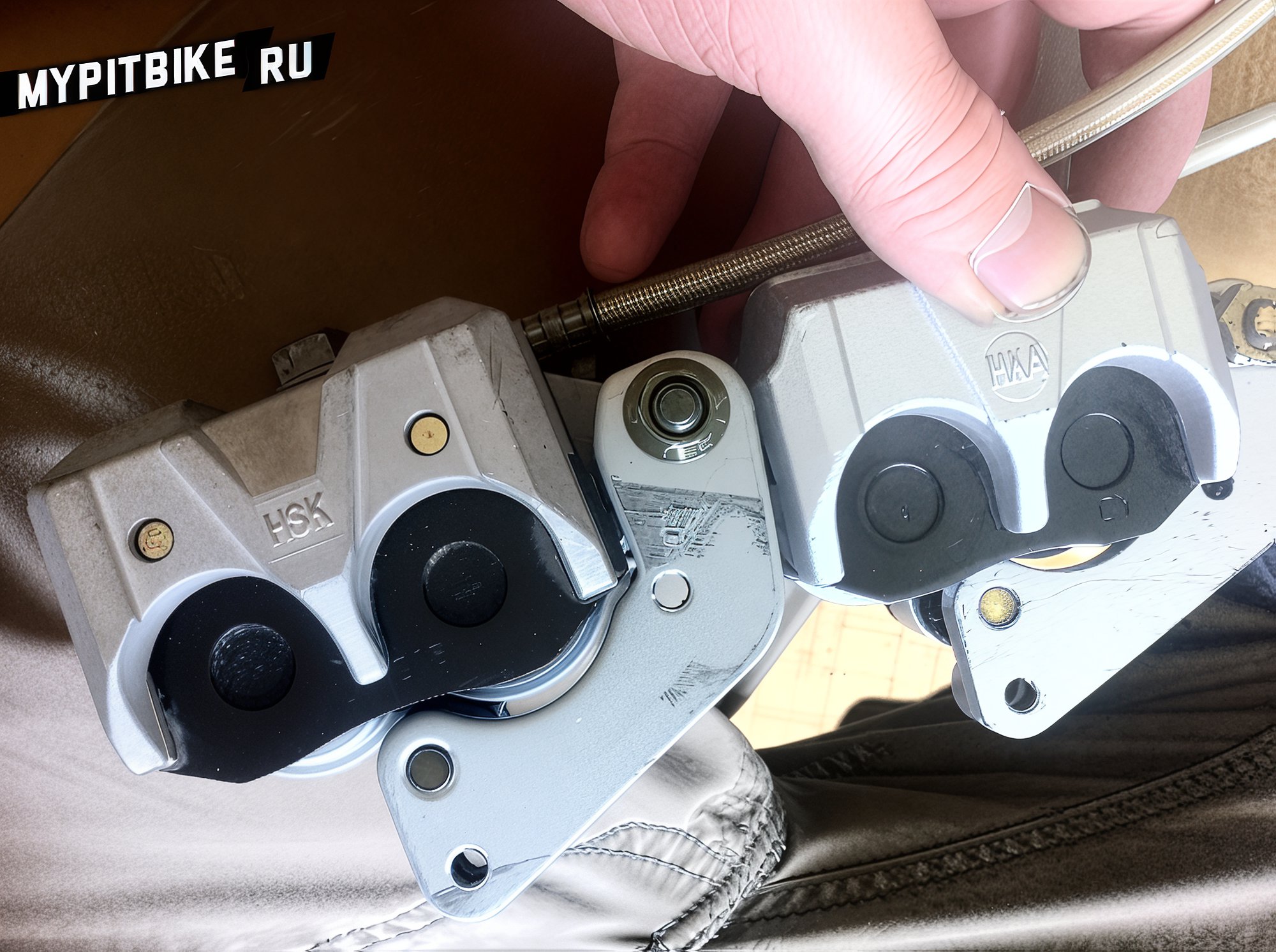
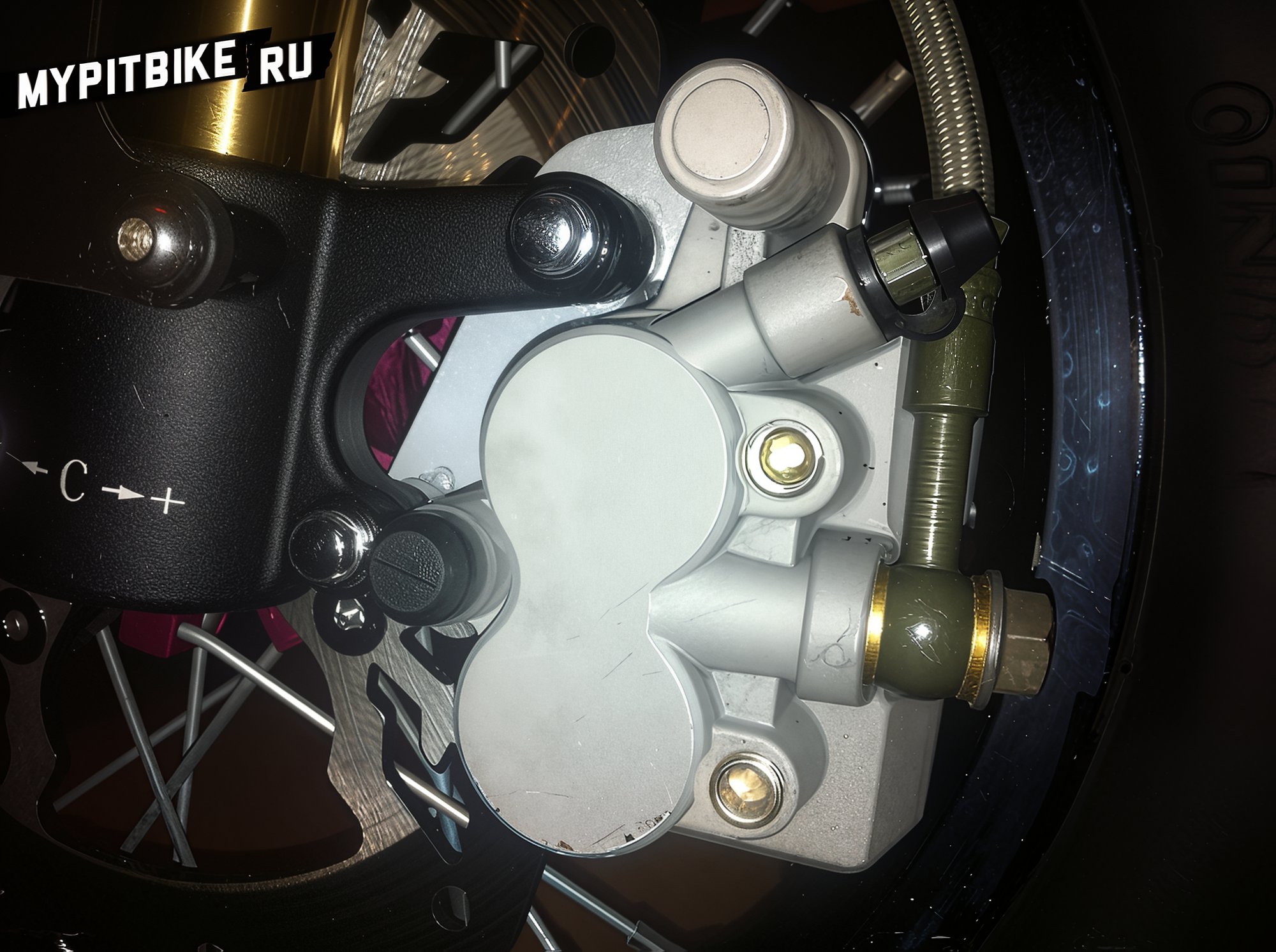
Visually, front calipers are similar, differing only by markings. LXR displays HSK, LX5 HKA. Identical pad types used. Performance-wise, HSK calipers feel slightly more responsive.
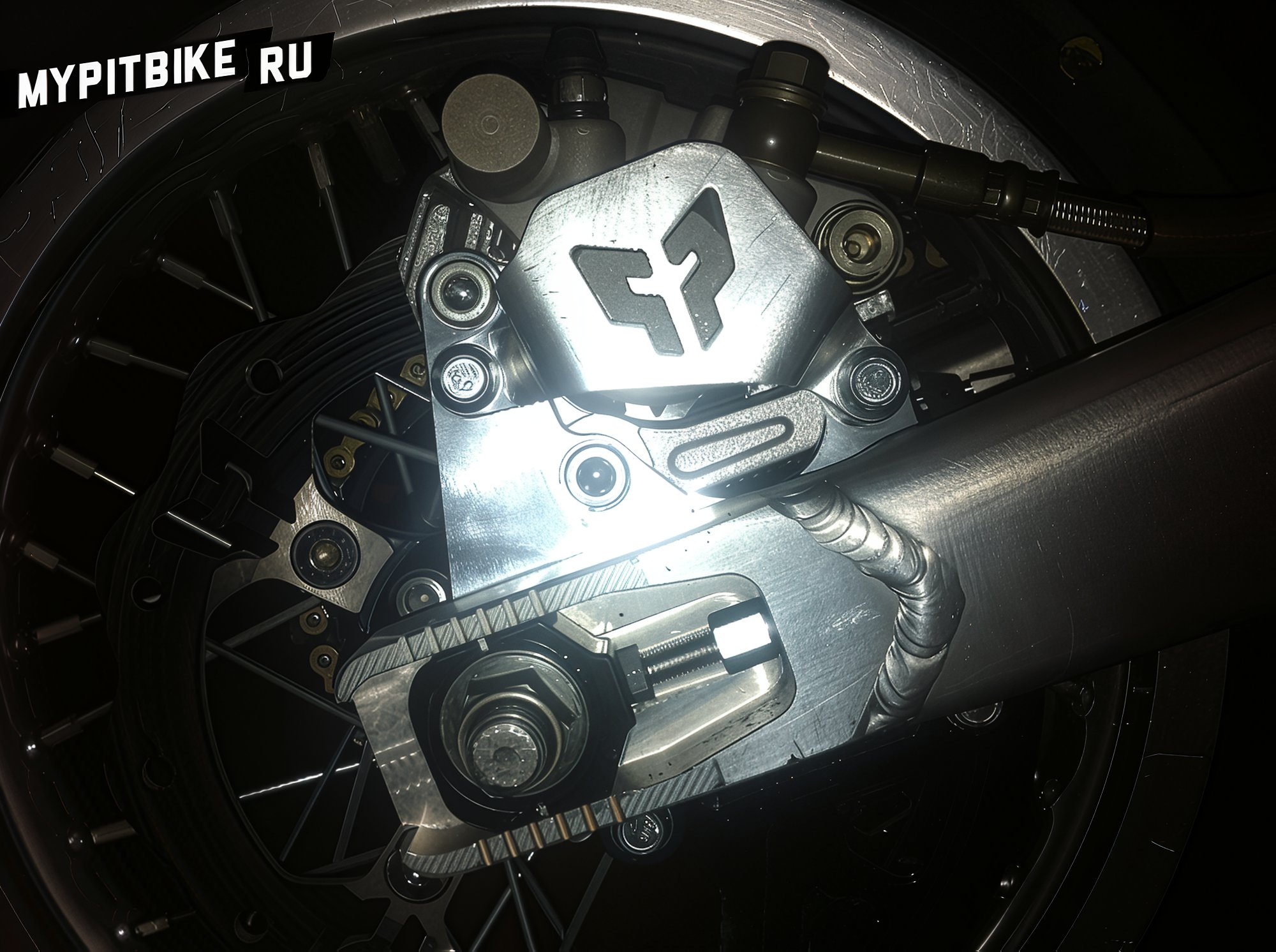
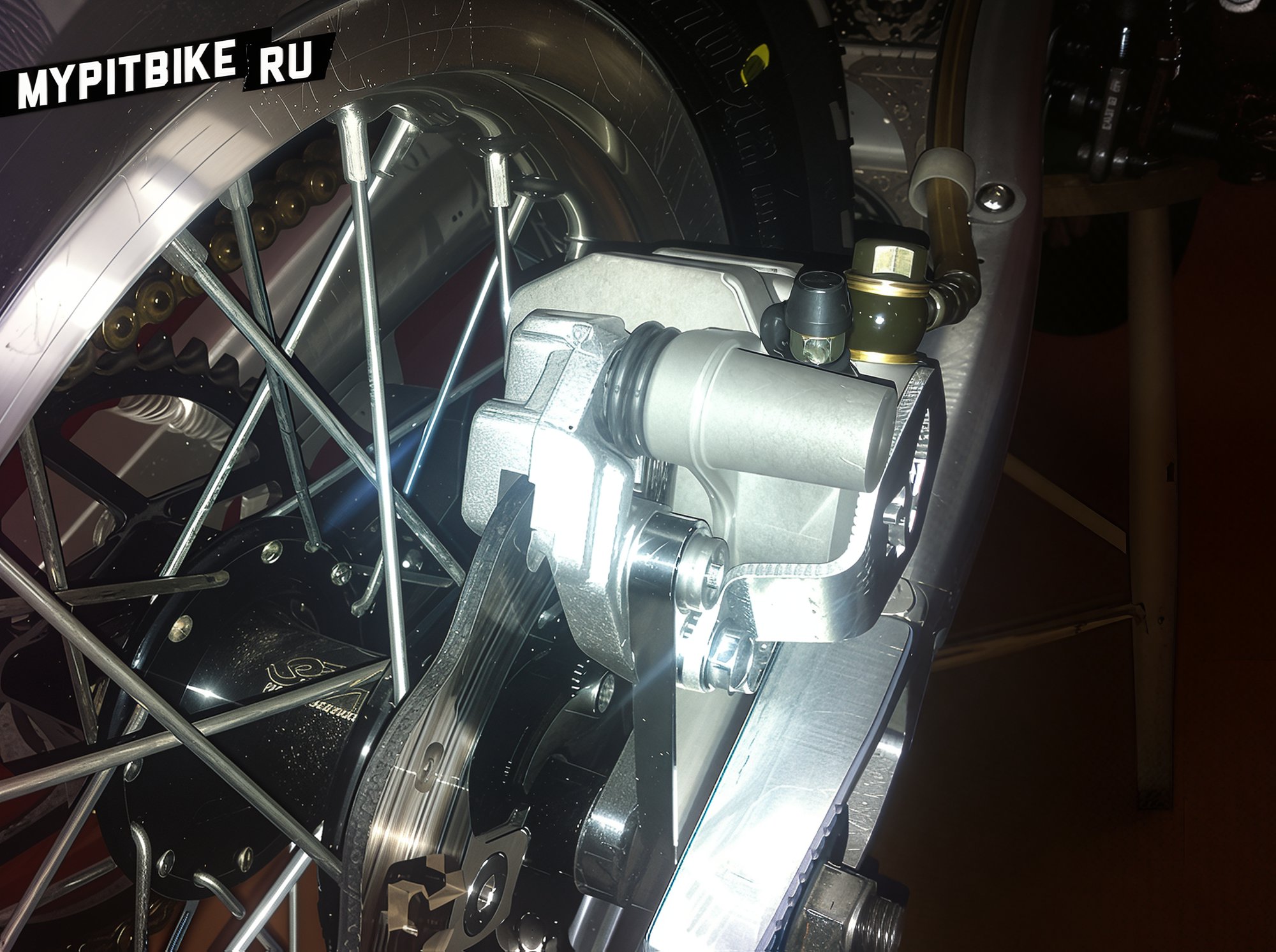
Rear calipers show more visible size and mounting differences. LX5's is slightly larger. LXR's native mounts on aluminum plates and uses a shield. Different pad type. Performance comparison: stark, originals grip solidly with light pressure.
Brake Master Cylinders
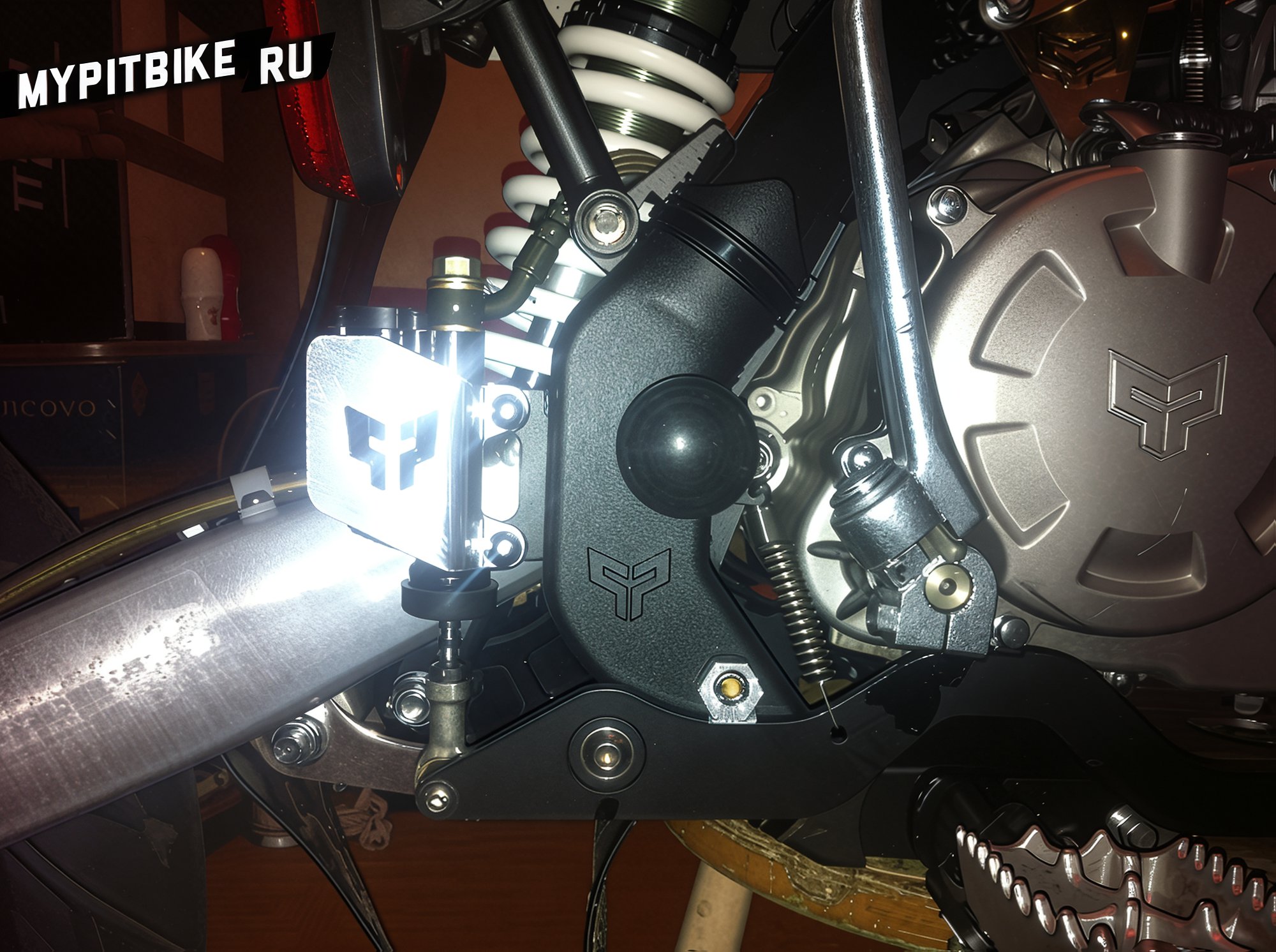
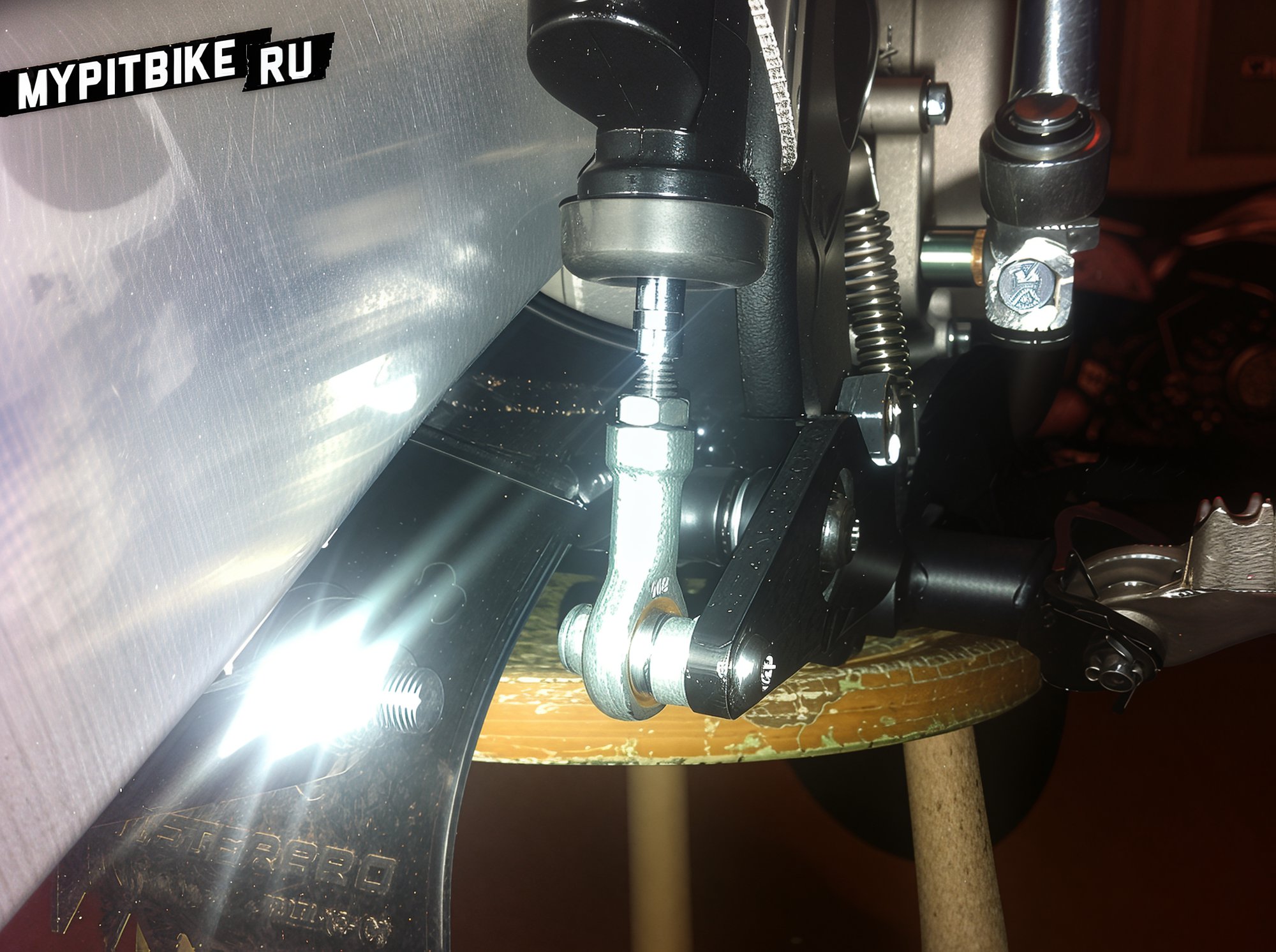
Drastic differences visually and in performance. Sadly, little information on the front cylinder due to poor condition. Post-fluid change and bleeding, rear performs subjectively two to three times better than LX5. Also differs at brake lever joints, employing a hinge. The lever, visually LX5-like, is actually shorter with mismatched holes.
Engine Mounting to Frame
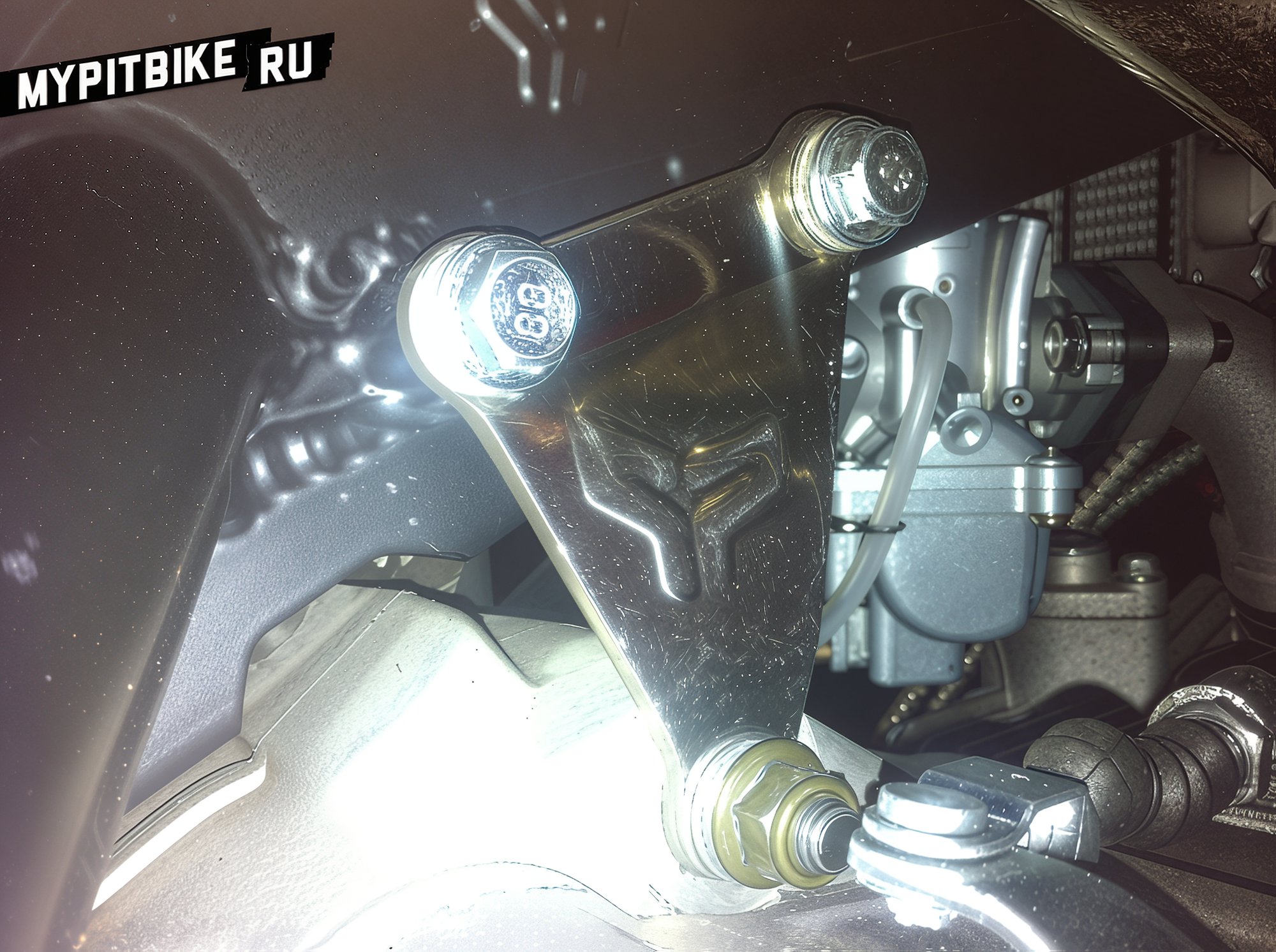
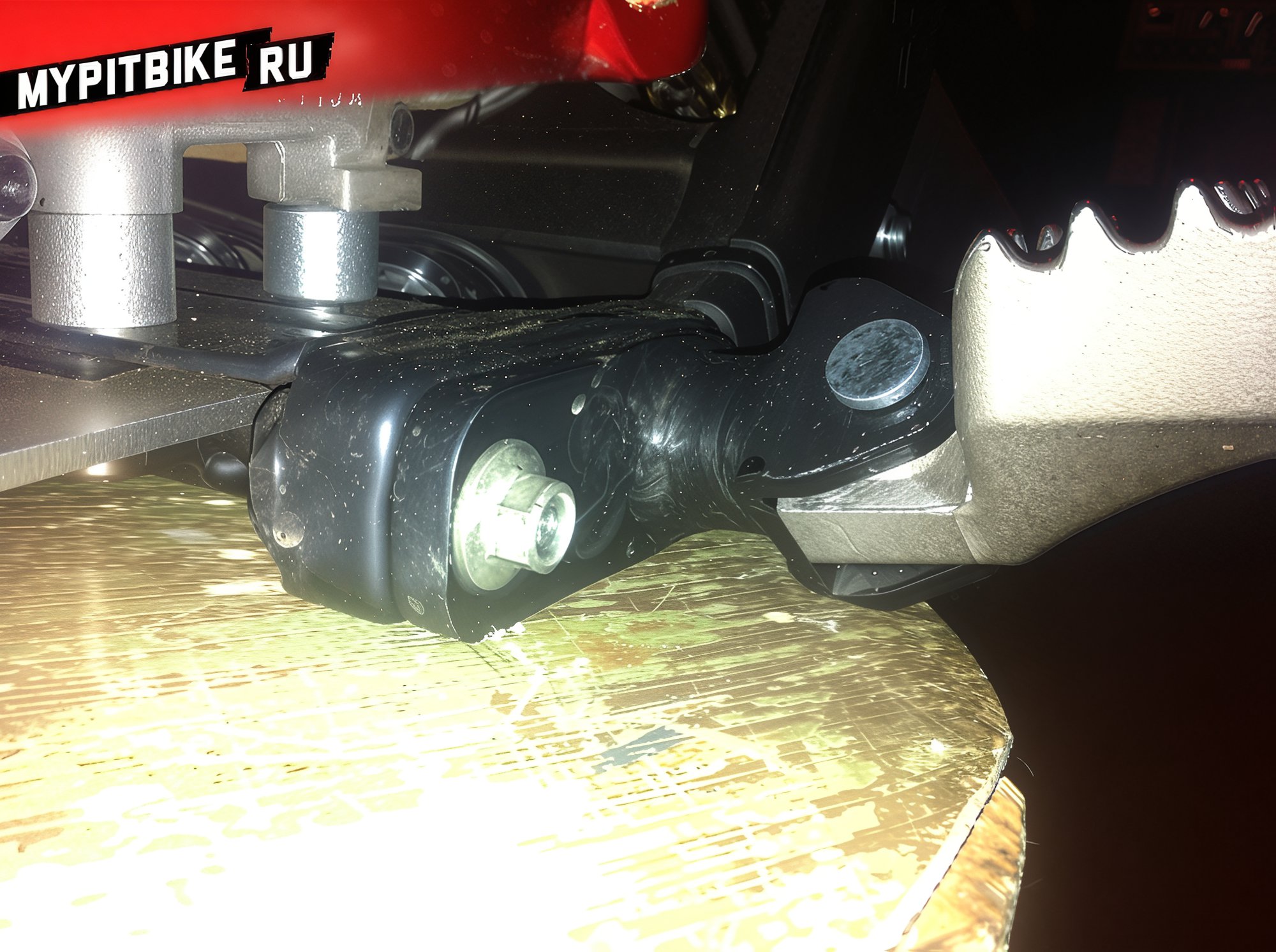
Completely removable brackets crafted from thick metal (utilized in progression), chrome-plated with logos. The engine mounts below to the frame via four spacers (around 10 mm tall), acting as footings raising the engine slightly.
Wheels
Aluminum rim clubs hubs GPX with Japanese bearings inside. Pre-installed rim lock on the rear wheel.
Plastic
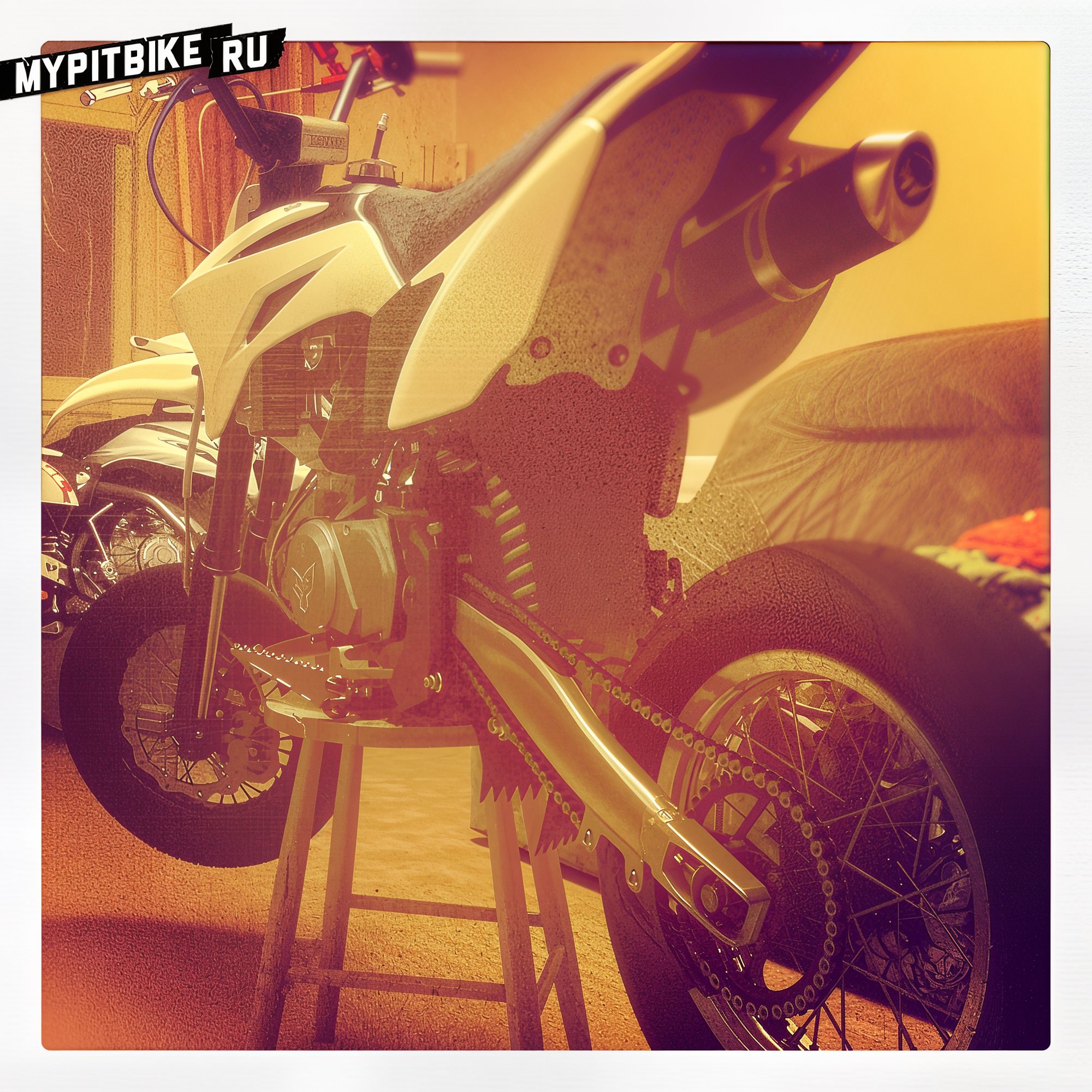
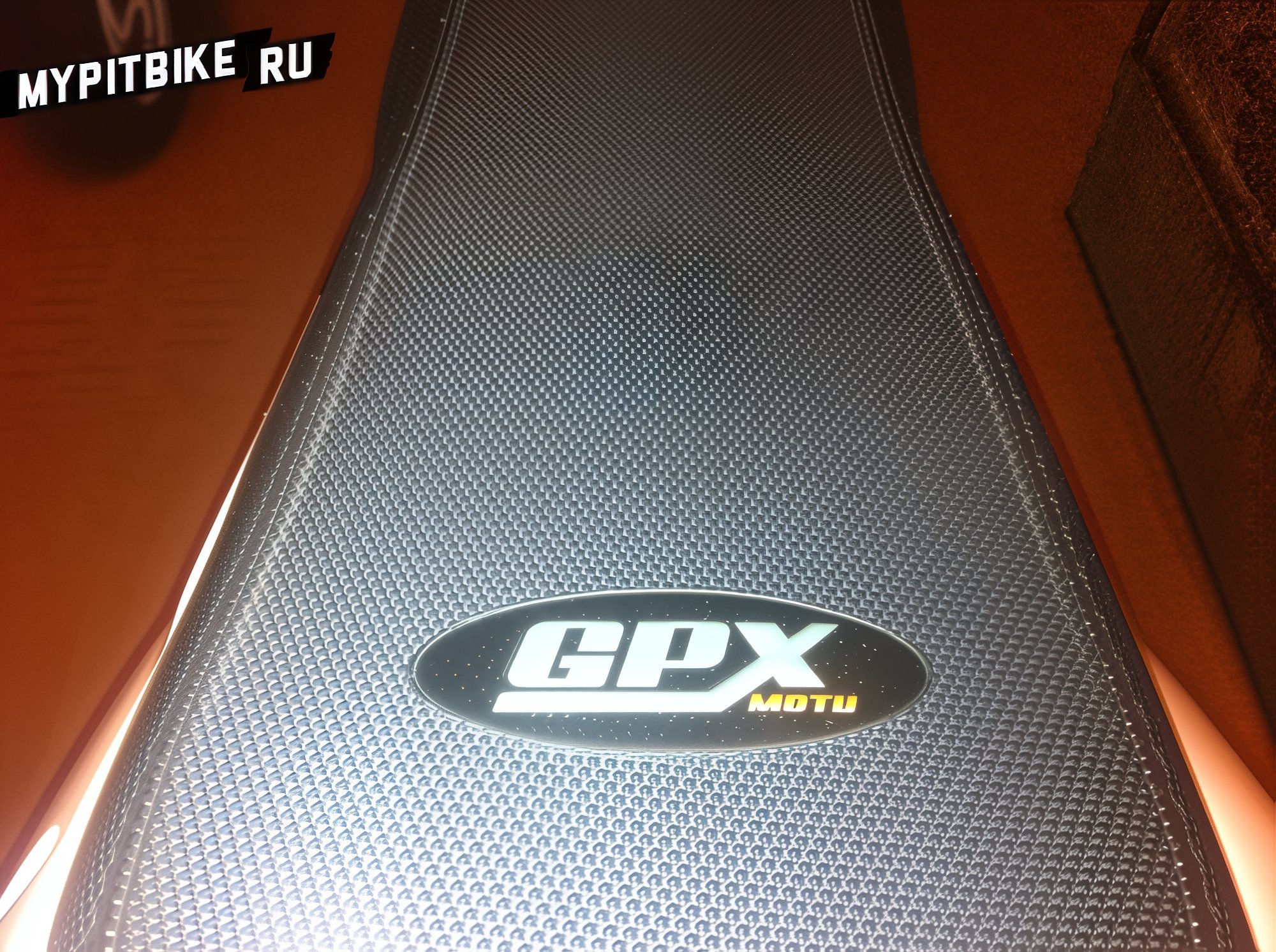
Visually similar, but significantly differ in shape, size, quality, and mounting holes. Only rear parts (two side panels and the fender) are interchangeable. Seats are base-identical yet differ in foam firmness and upholstery material (LX5's seat is softer).
Engine
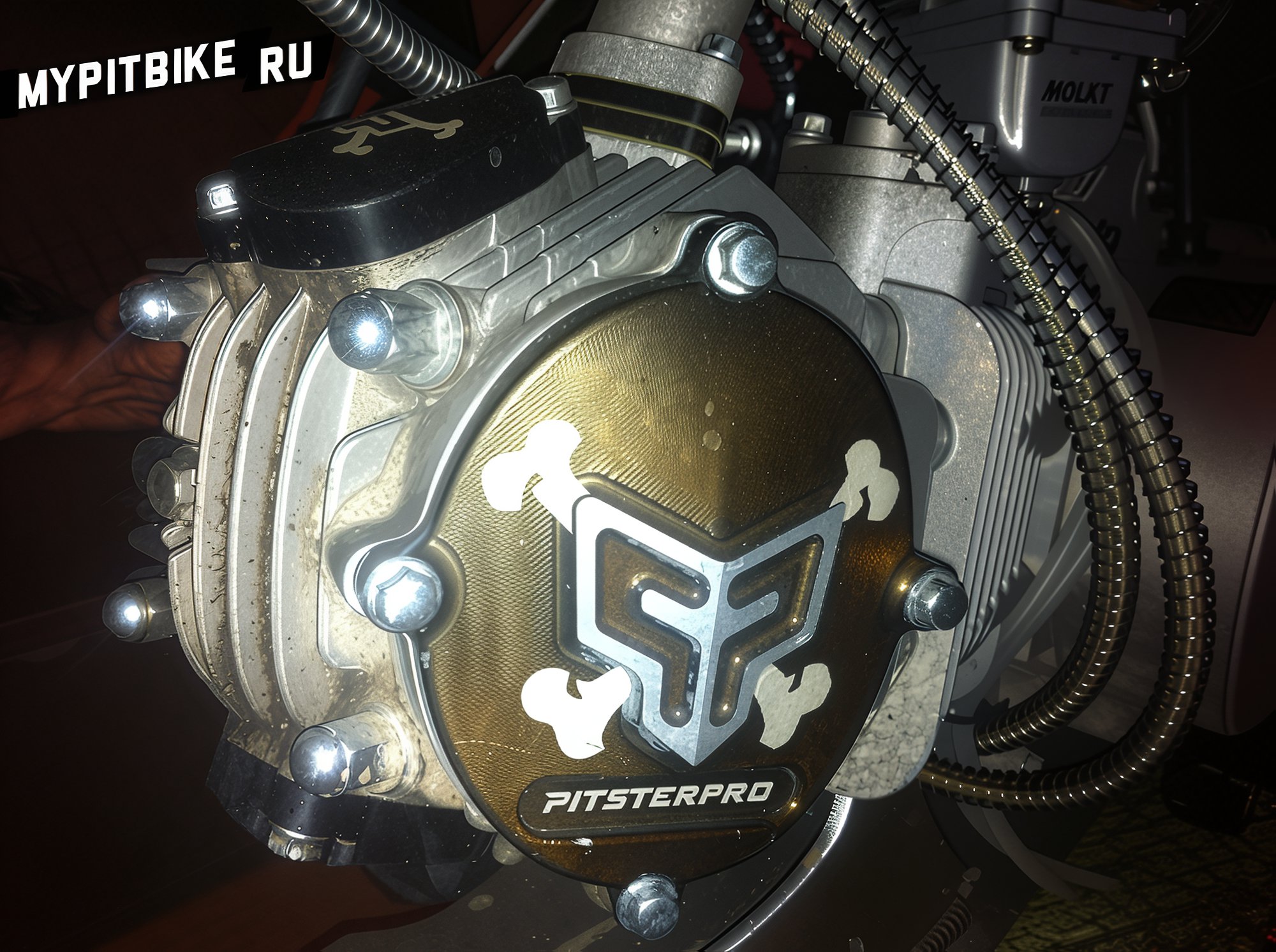
Engines aren't detailed, as changes occur annually and lack distinctiveness. PitsterPro LXR models housed Zongshen and YX motors, sometimes rebranded with valve covers stampled as GPX. Our specific difference lay in carburetors - ShengWey PZ27 (for LX5) vs. Molkt (for LXR).
Minor Differences
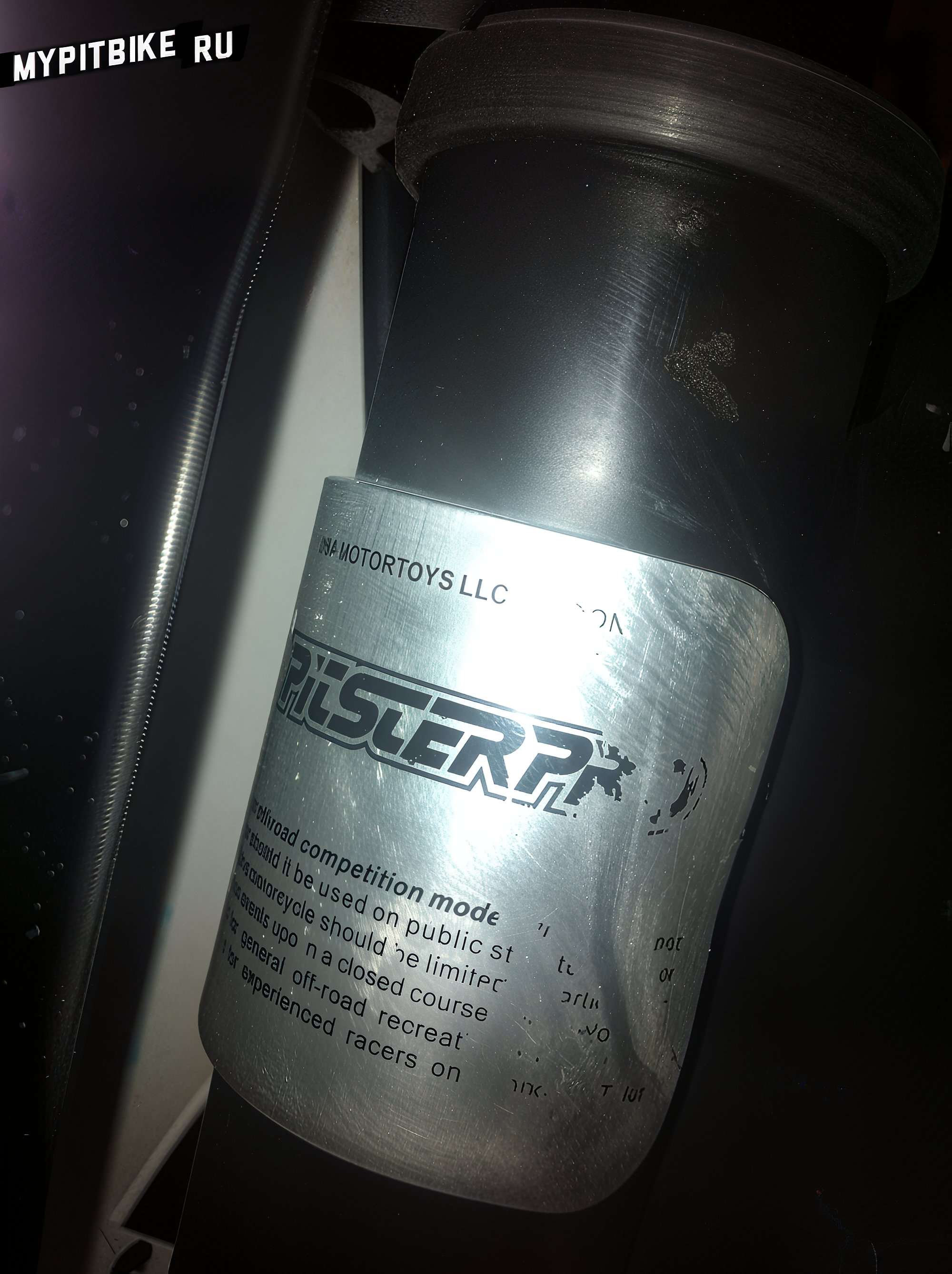
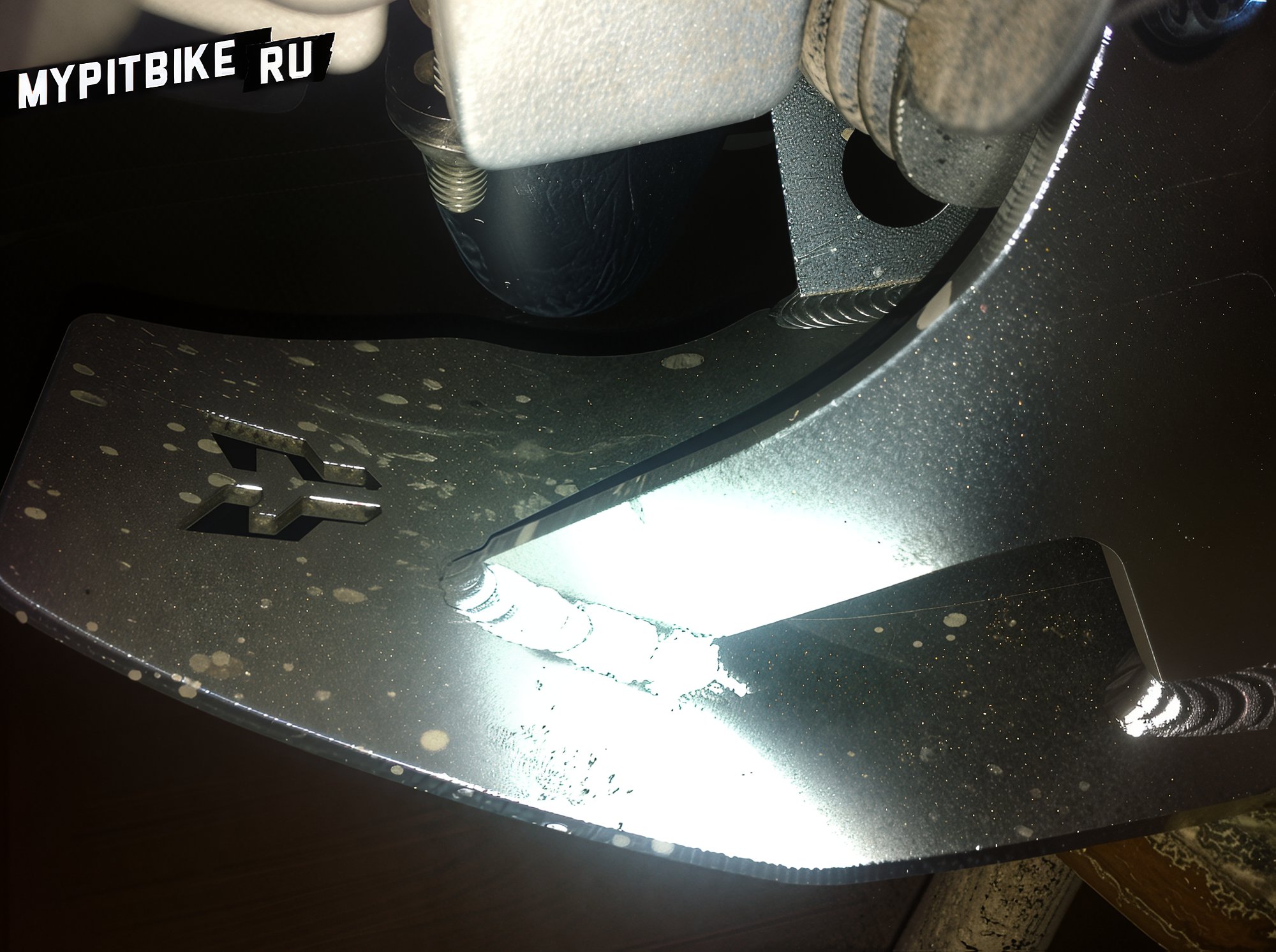
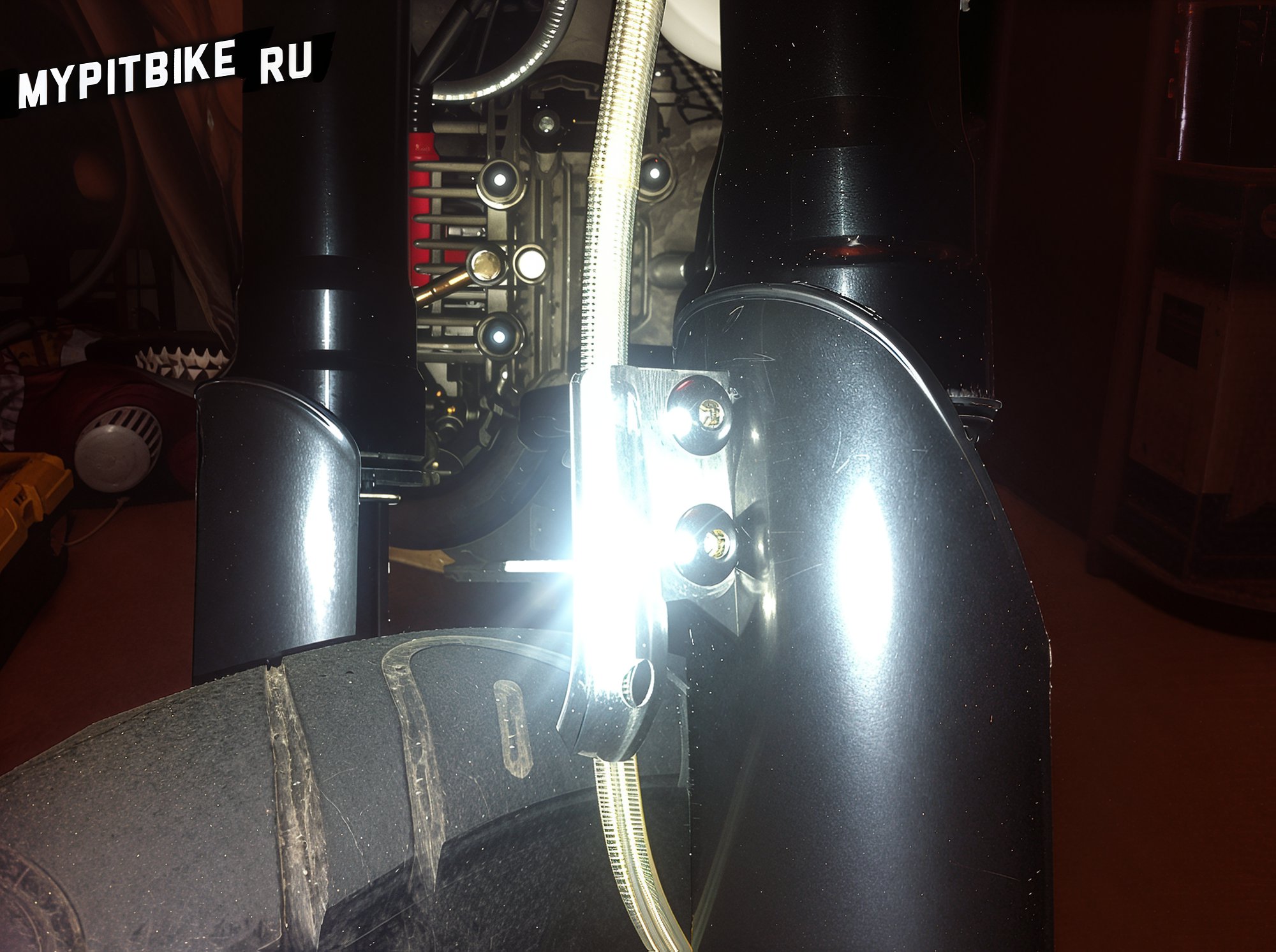
- CNC clutch/brake levers
- CNC throttle handle with aluminum interior
- Front caliper brake hose guides
- Plastic rear brake disk guard
- Plastic fork guards (different lengths, mounting holes)
- Handlebar risers with traverse comb
- Narrower, differently-shaped handlebar
- Aluminum skid plate
- Removable driver footpeg mounts
- CNC dress kit with Zongshen engine logos
- PitsterPro frame tag stating “USA Motortoys LLC” (sanded off LX5’s top)
- 420 chain with 112 links, stars
- Front/rear axles
- Chain tensioners
- Engine stop button
- Slight exhaust design differences (excluding mufflers)
General Impressions
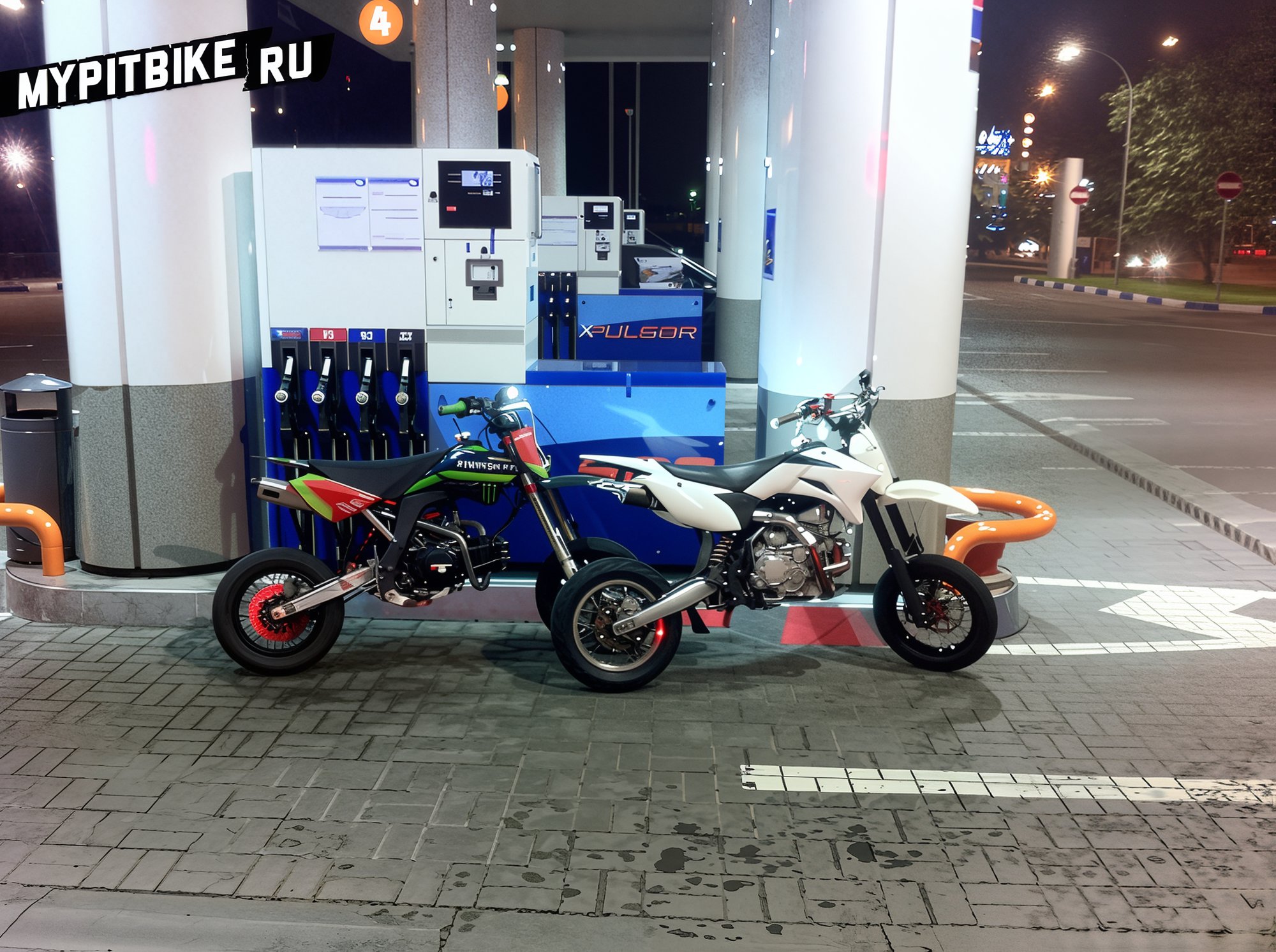
LXR feels more robust, nimble, sturdily built, demanding attentive steering with a more aggressive demeanor, tilting nimbly side-to-side. Its stiffer suspension, smaller wheels, and weight propel "wheelies" frequently. Hard seat impacts the rider's fifth point. Seating distinction subjectively sensed, perhaps due to seat-peg distance, maybe handlebar shape.
Ultimately, whether the differences justify nearly double the price is your decision—we’ve made ours.